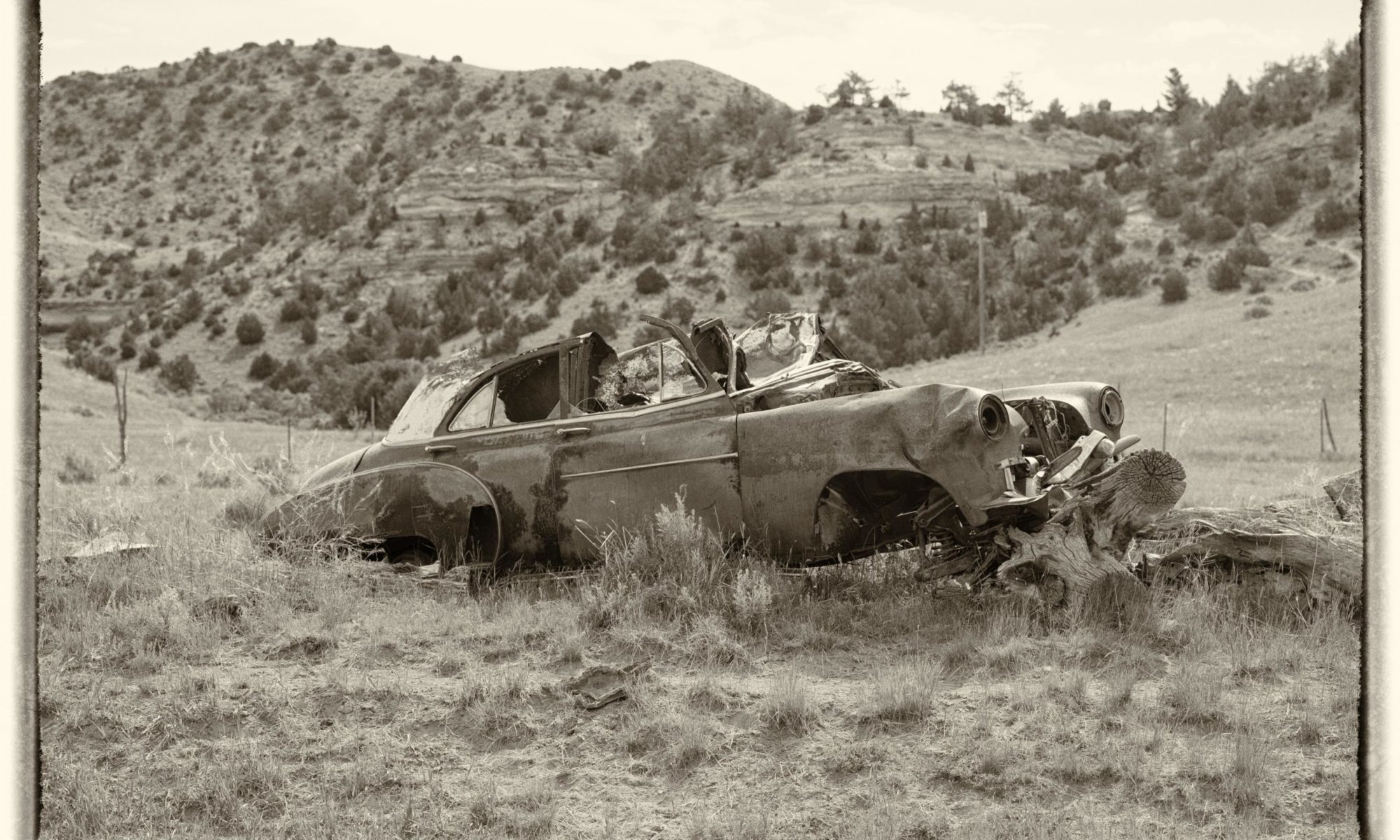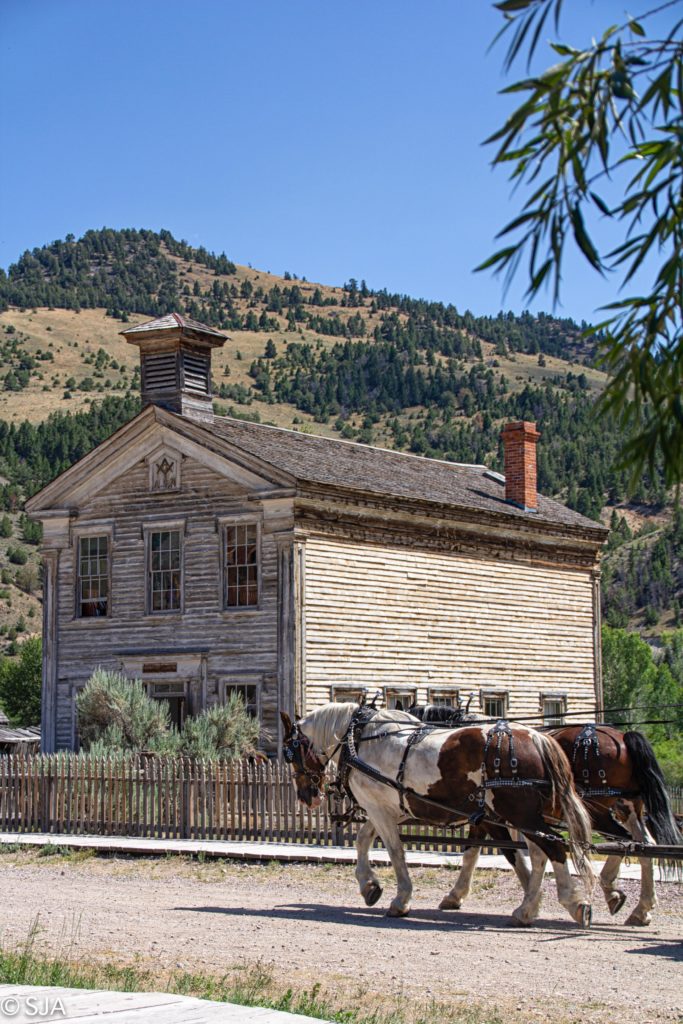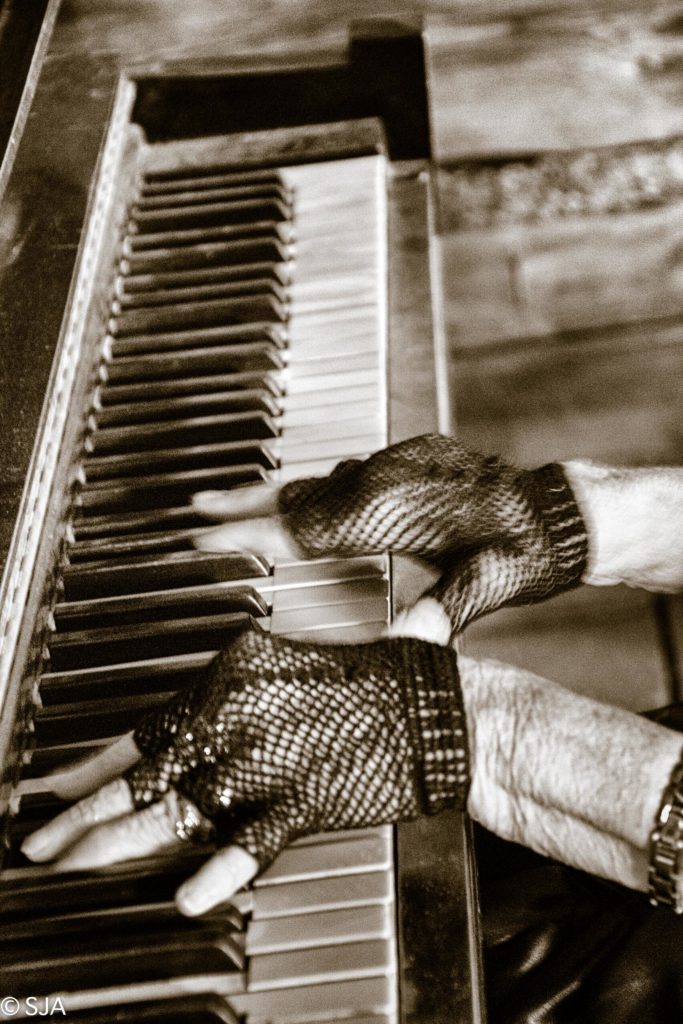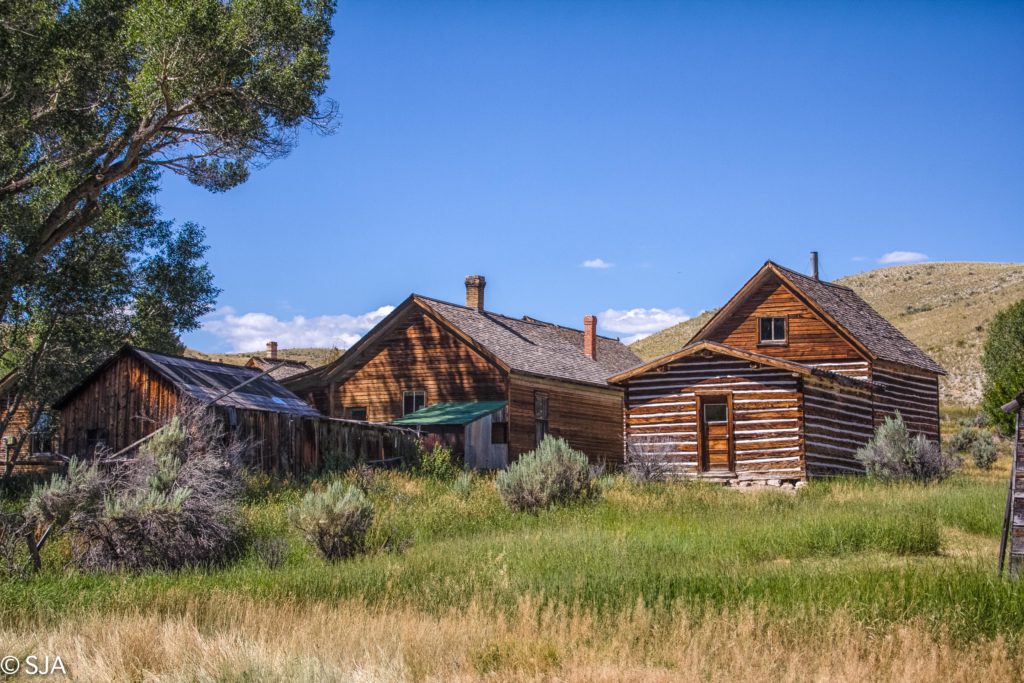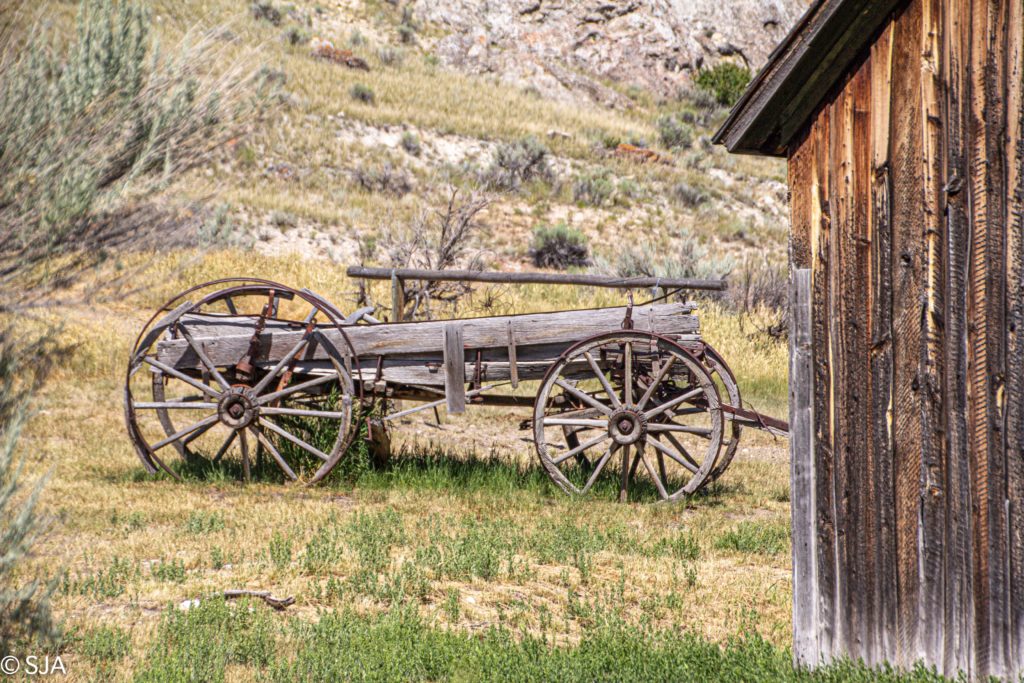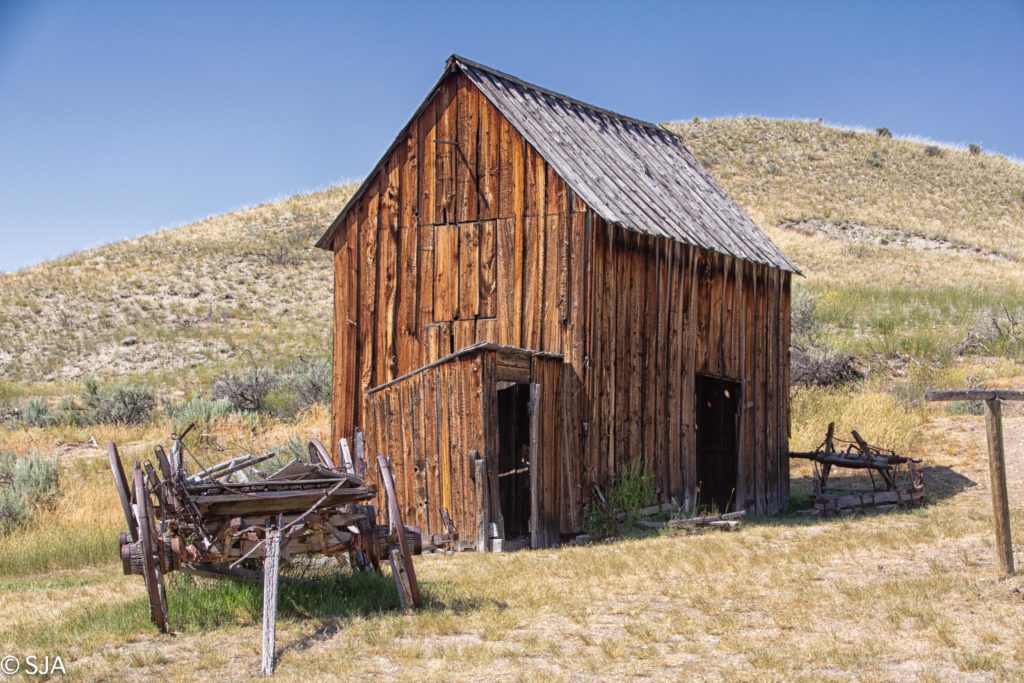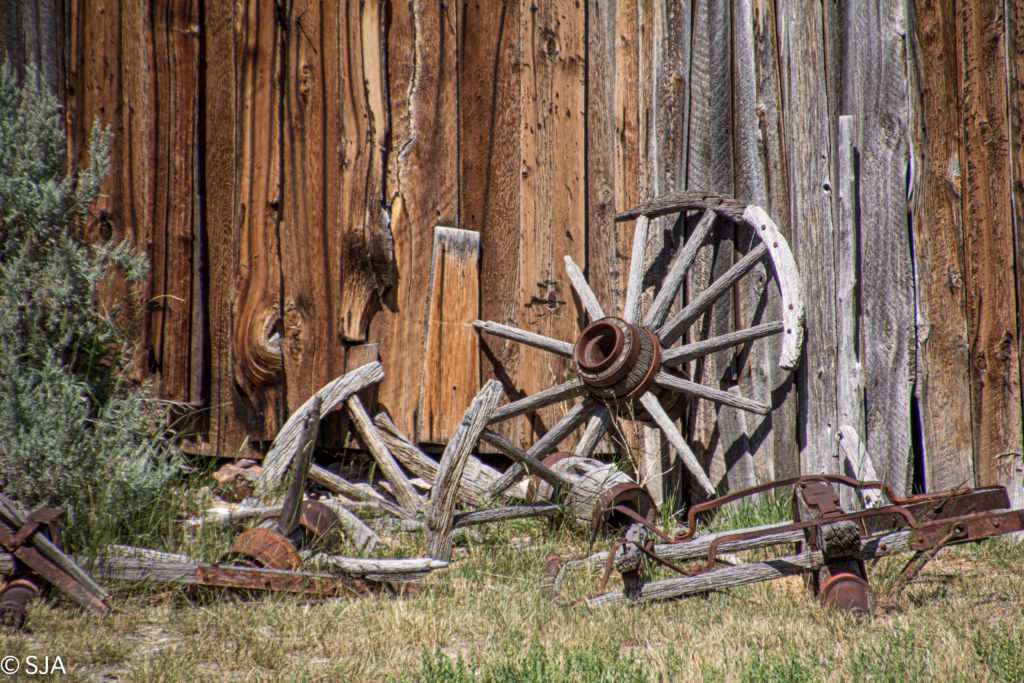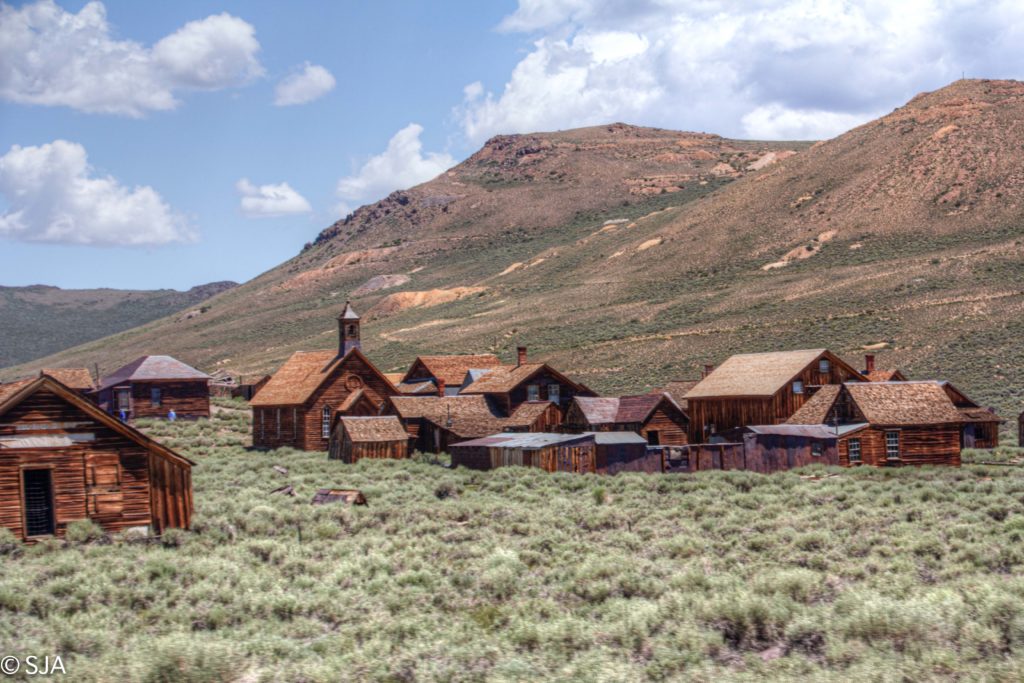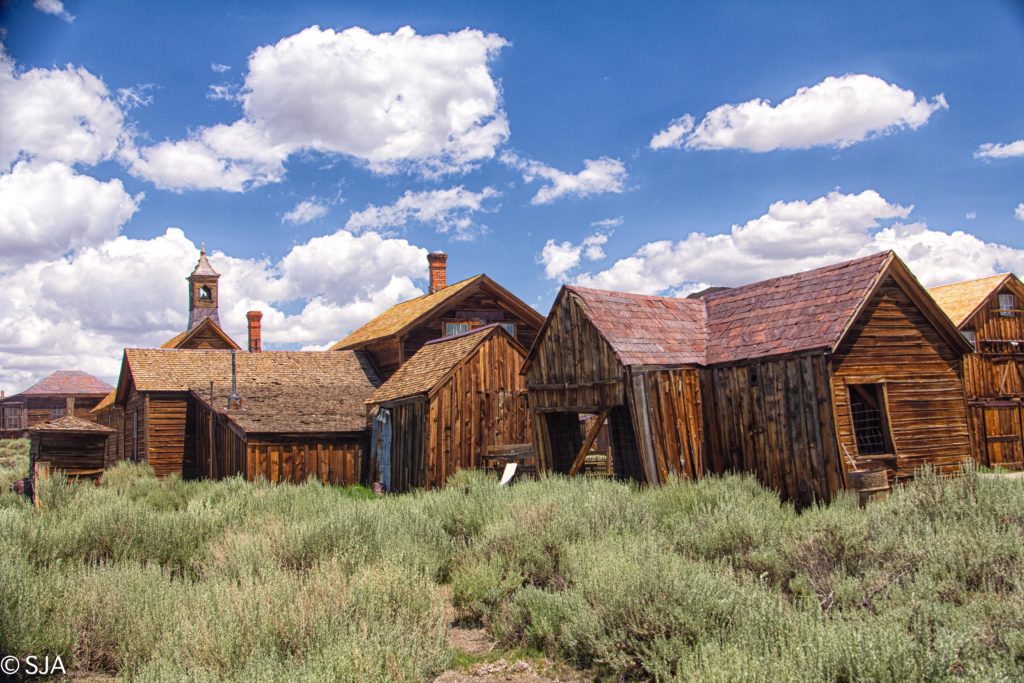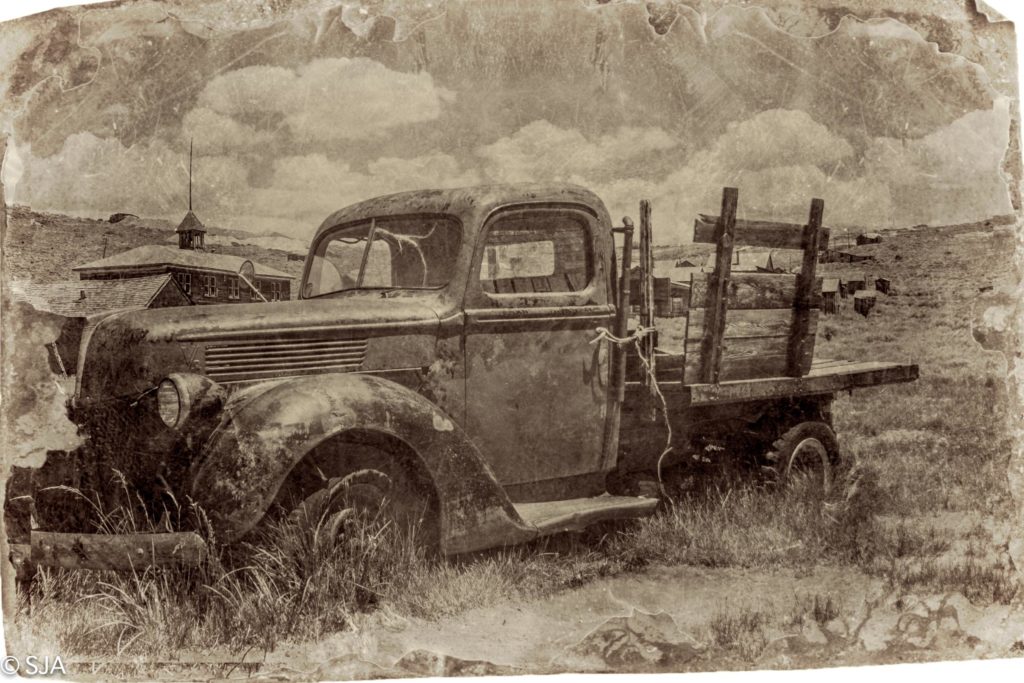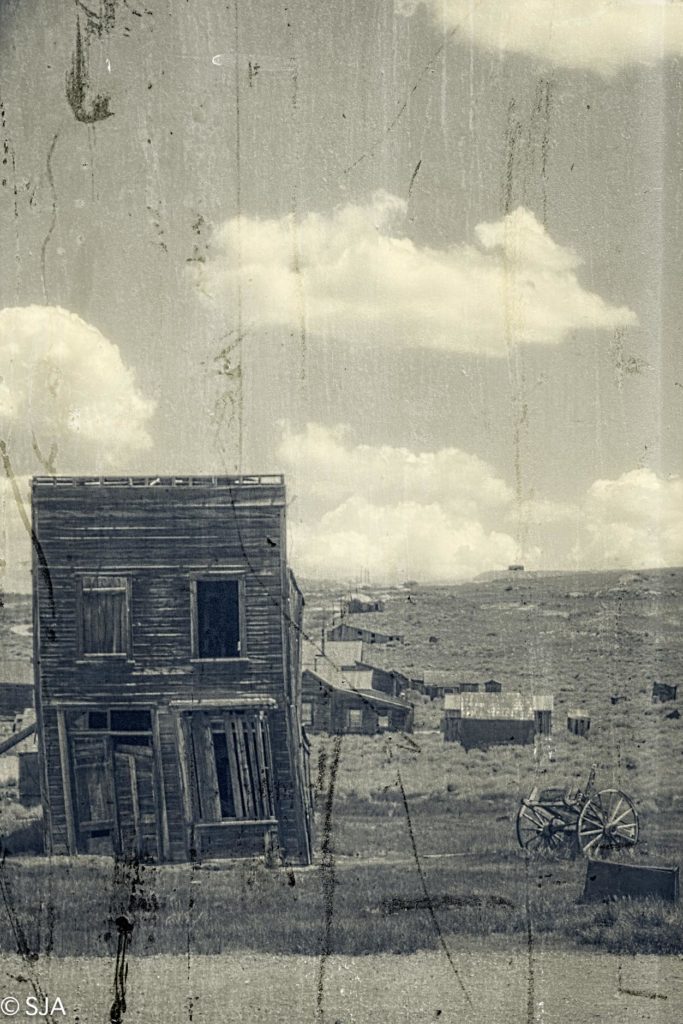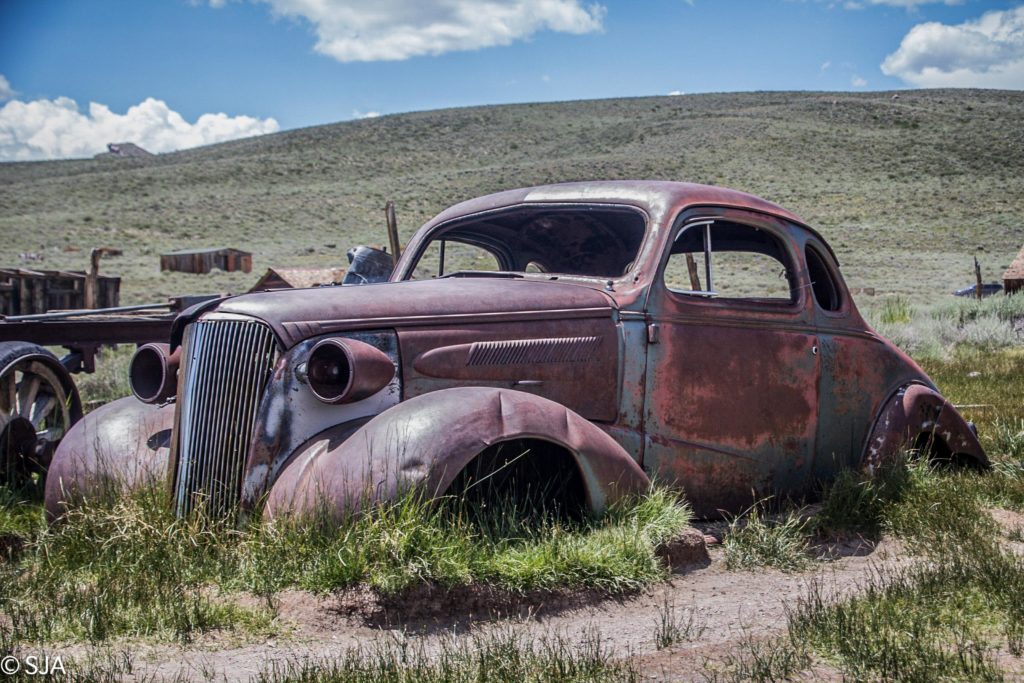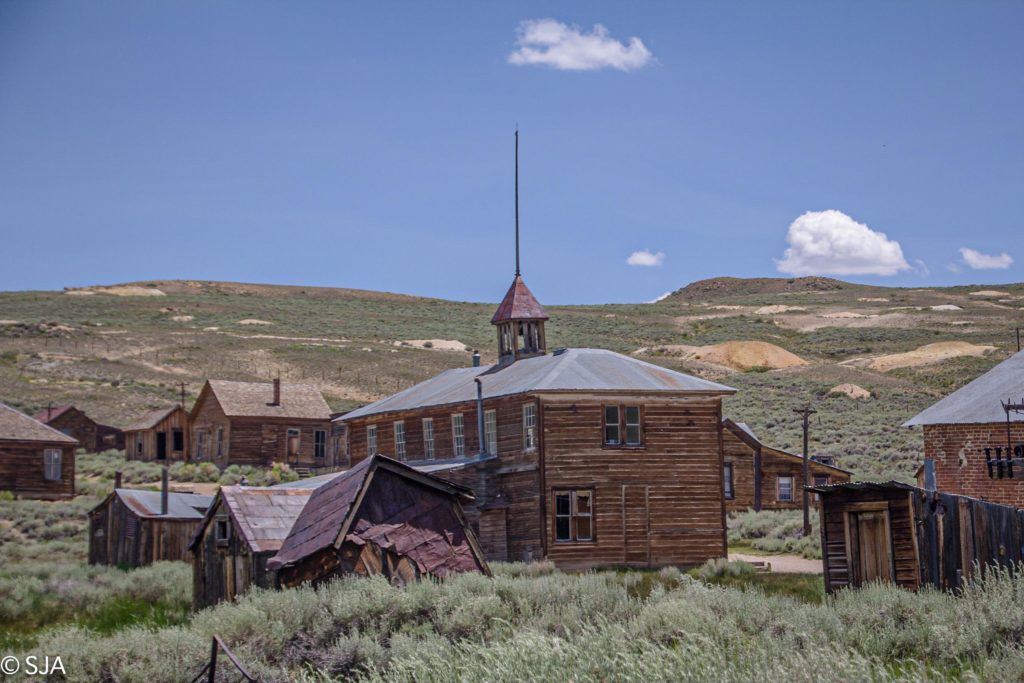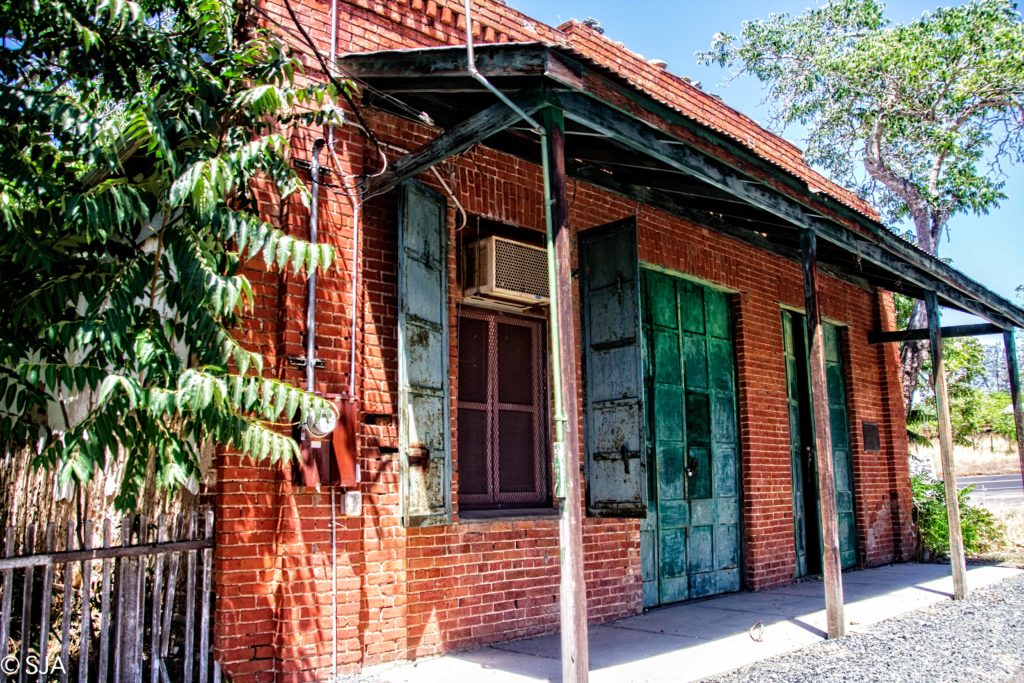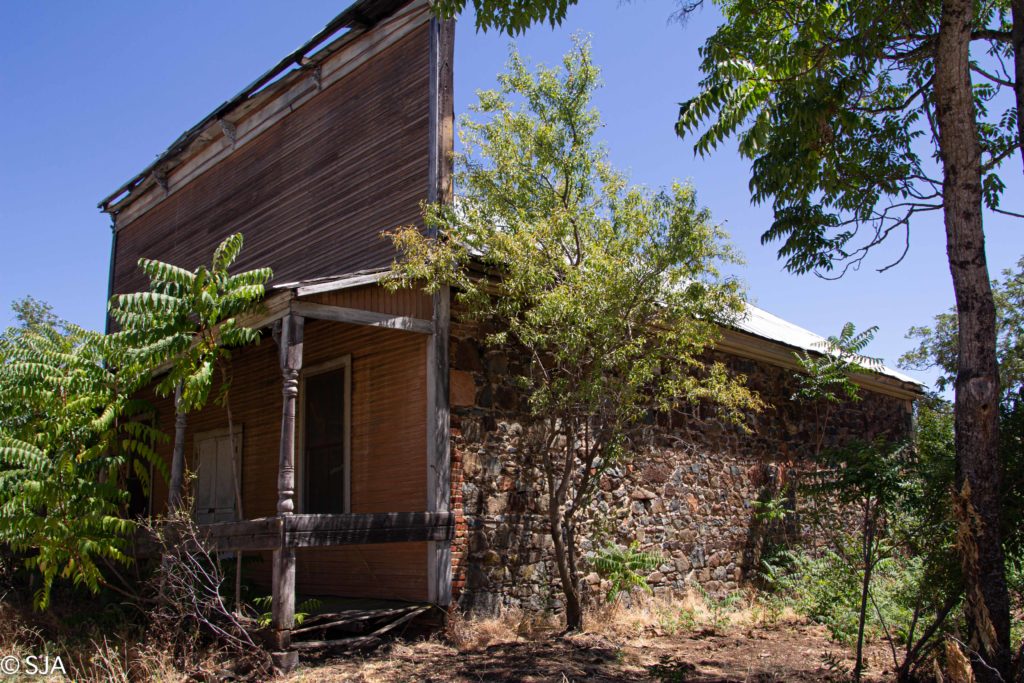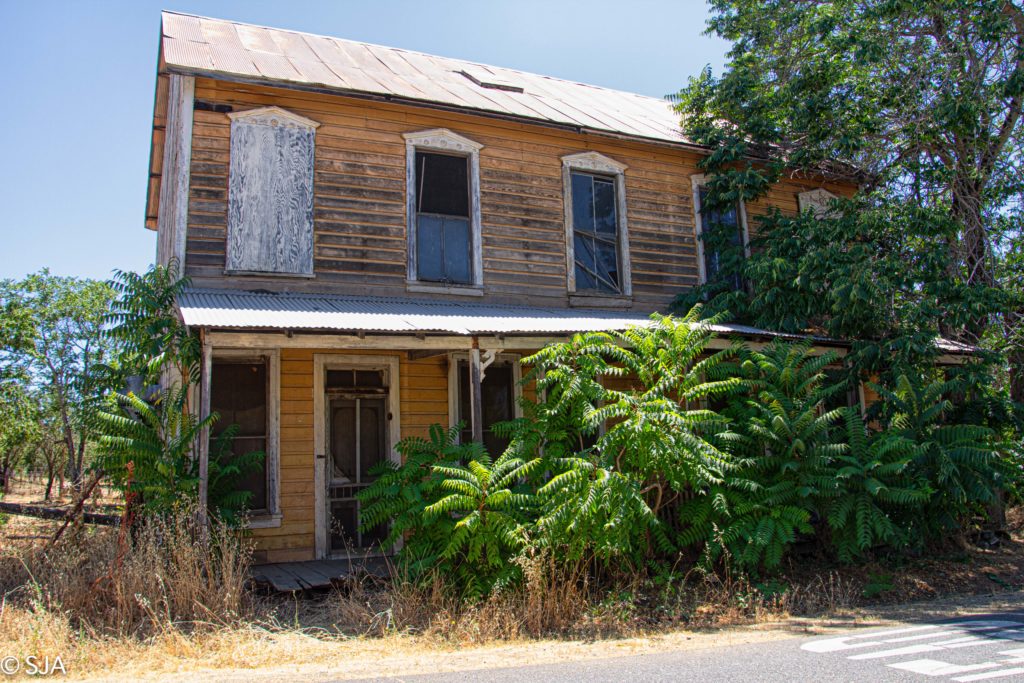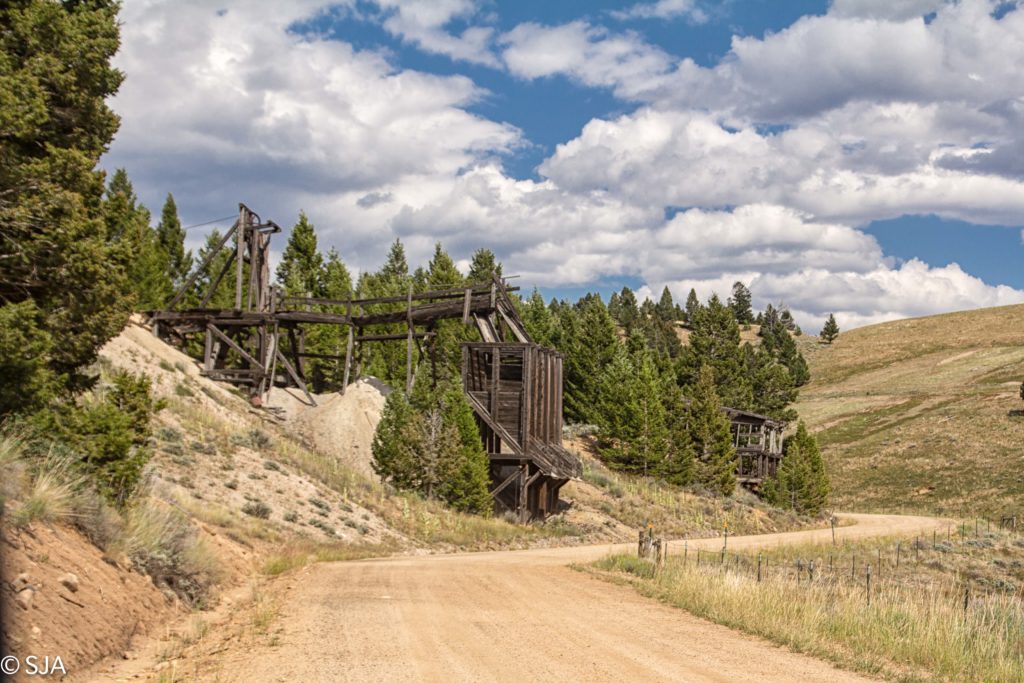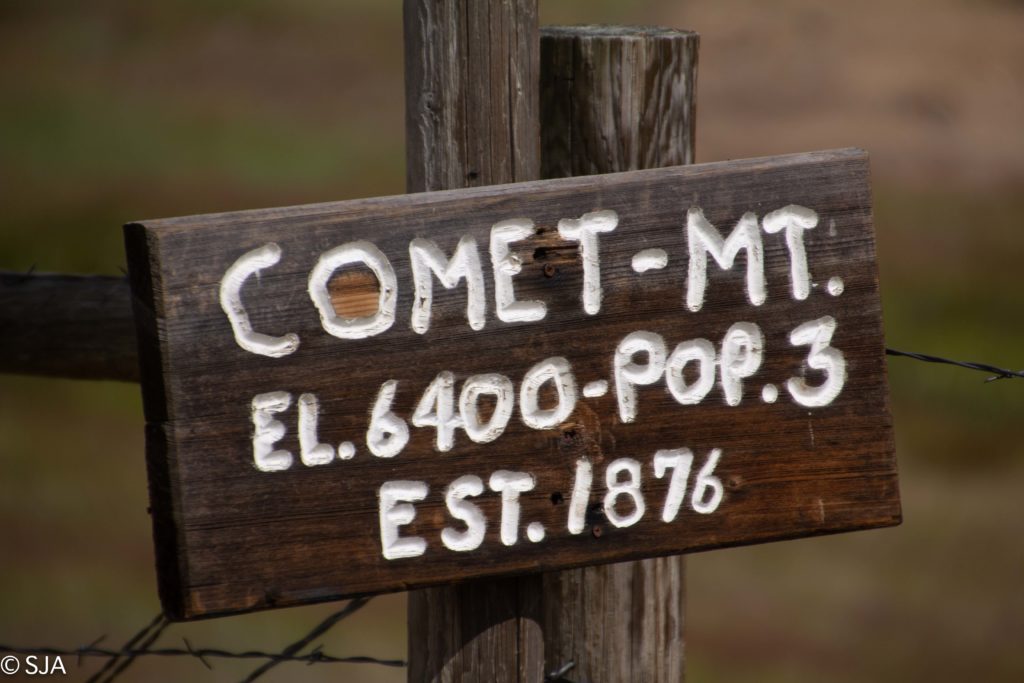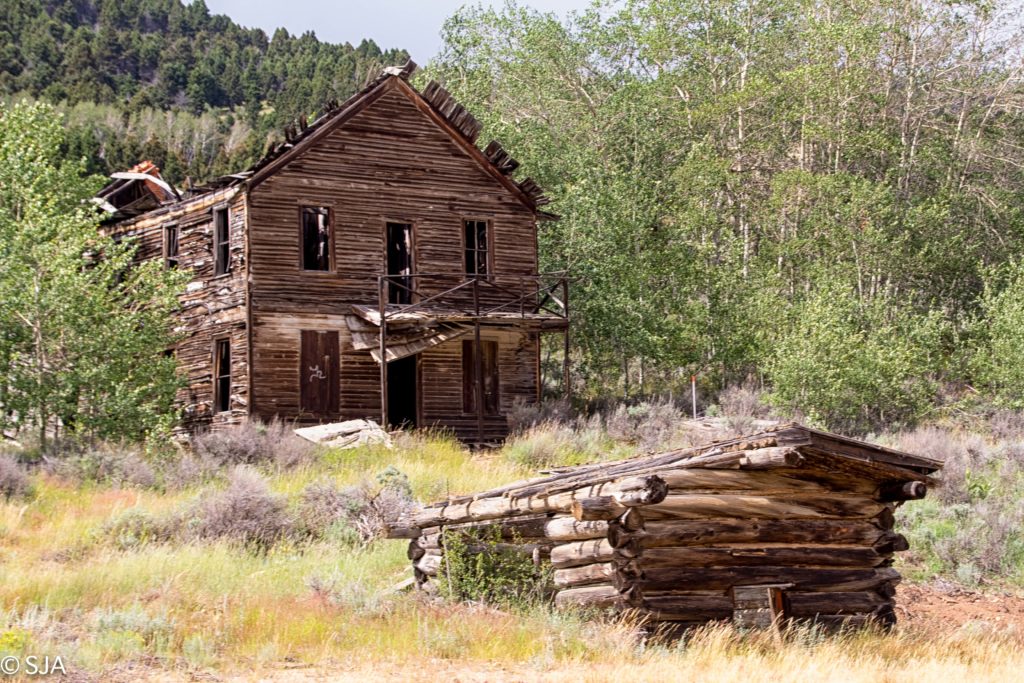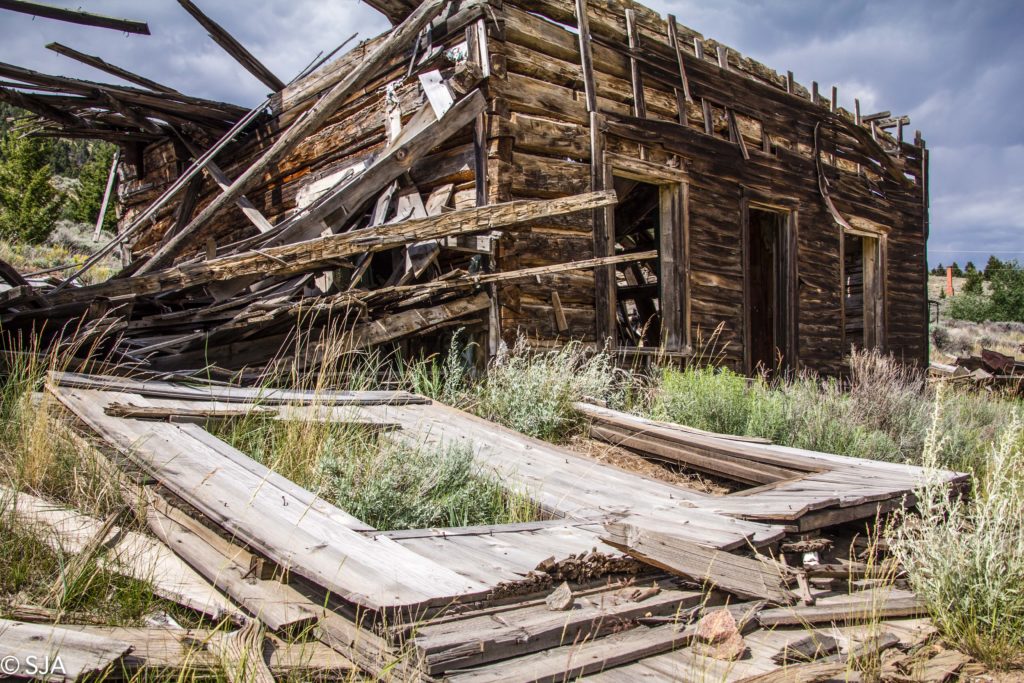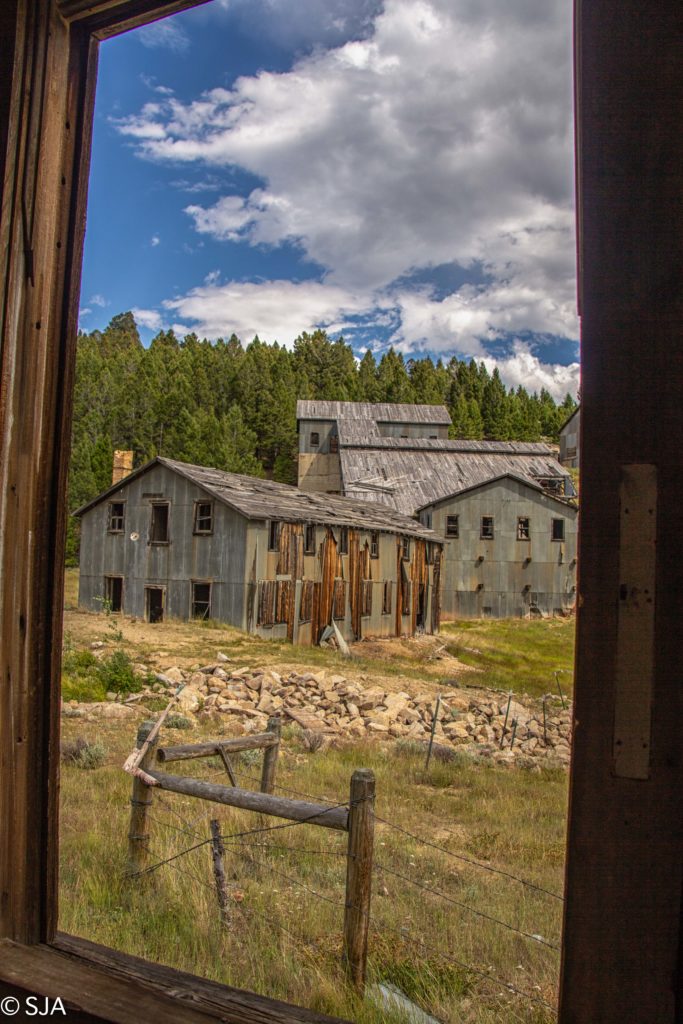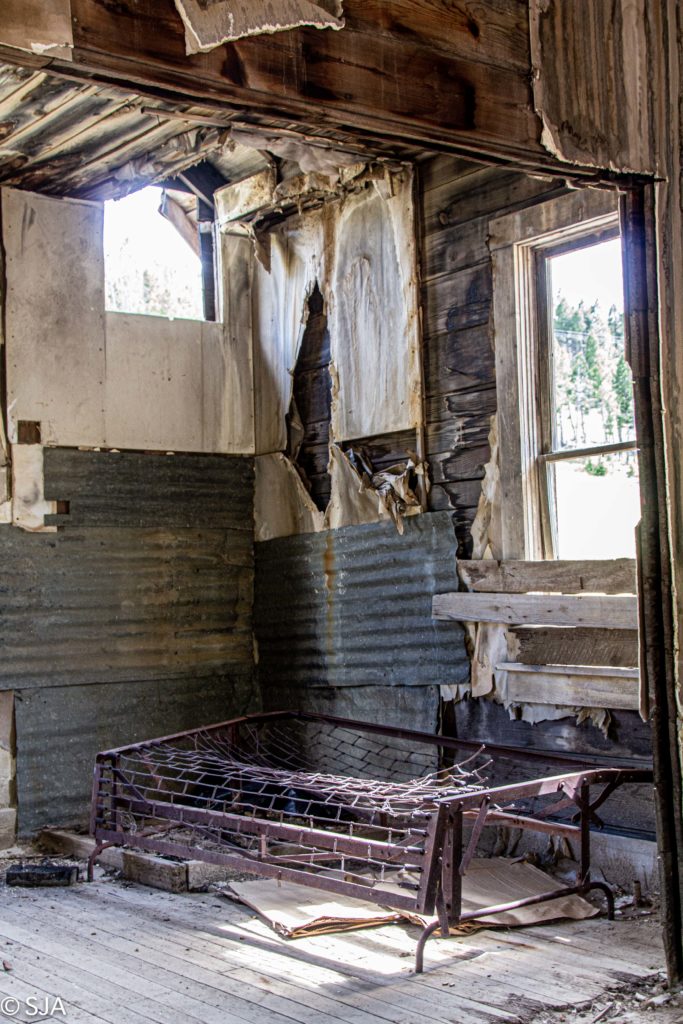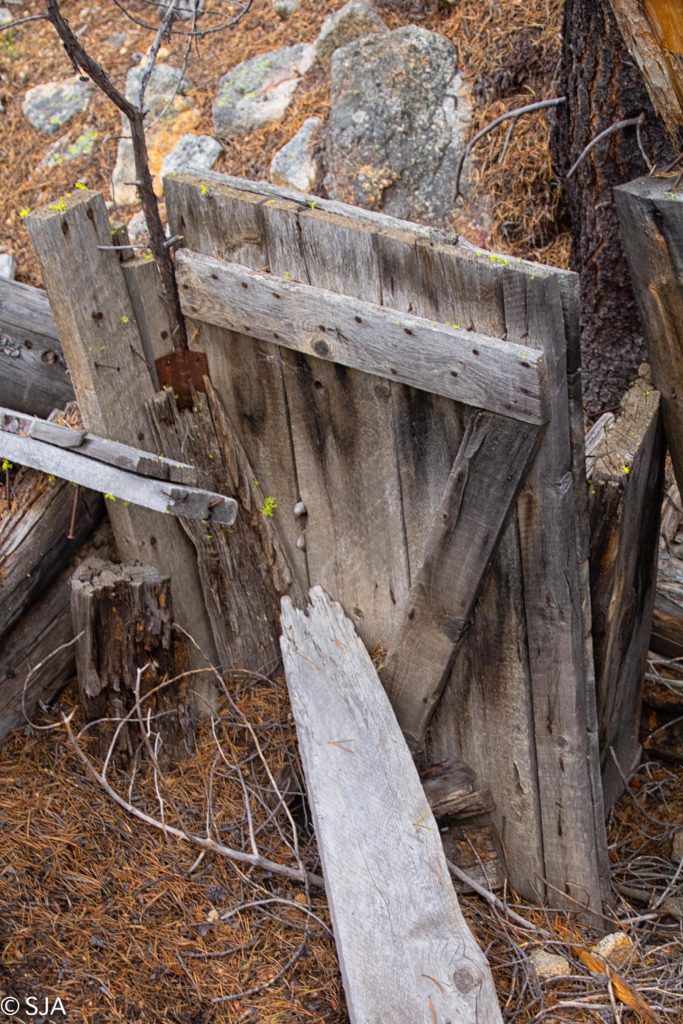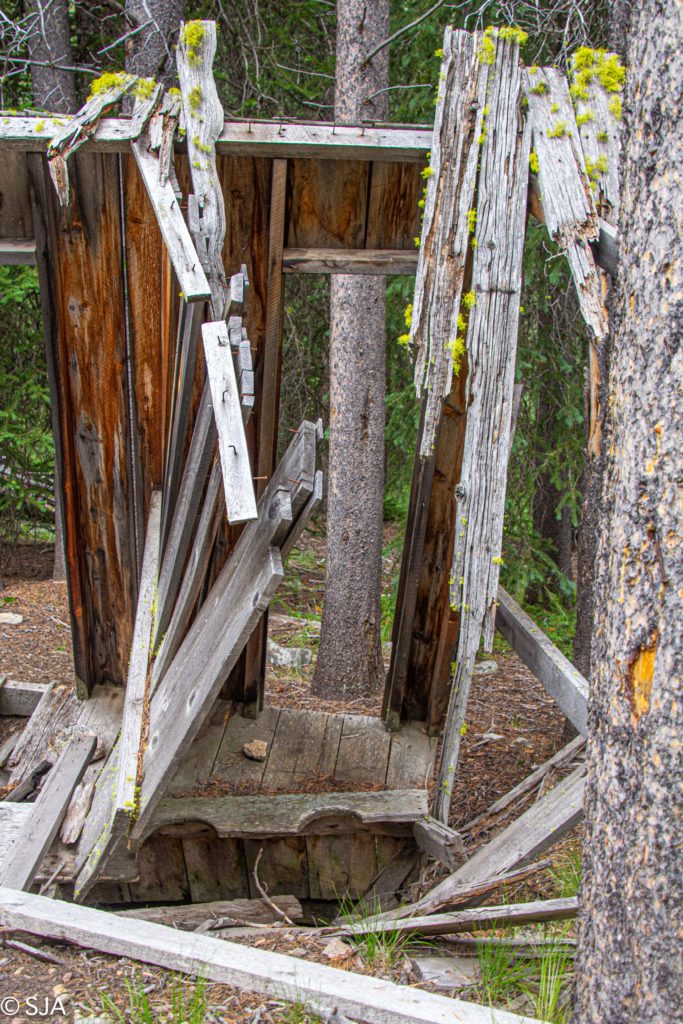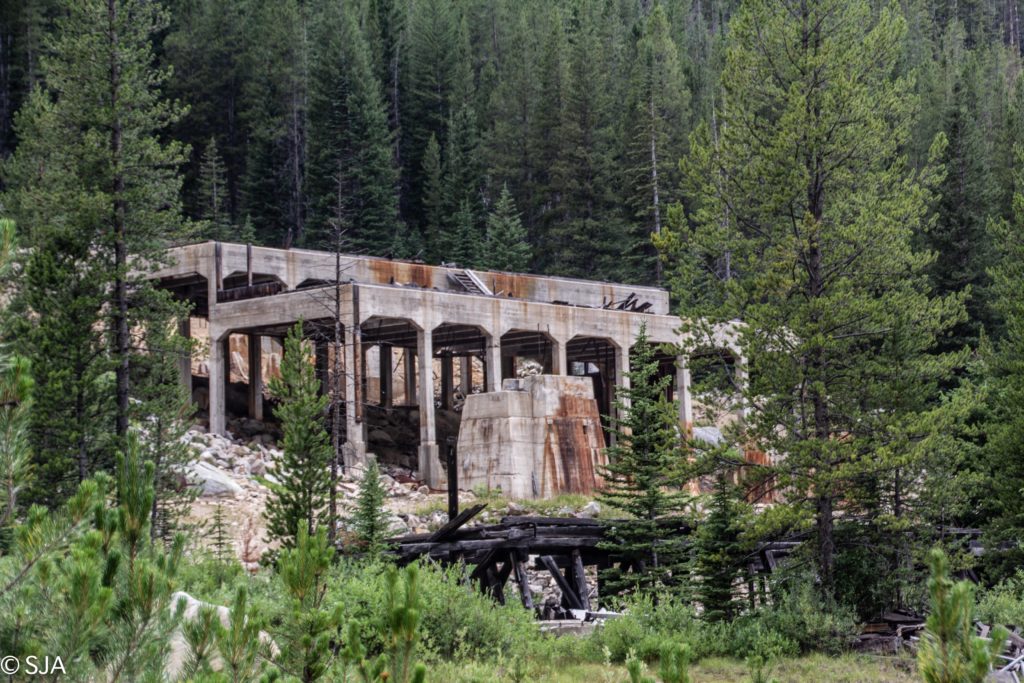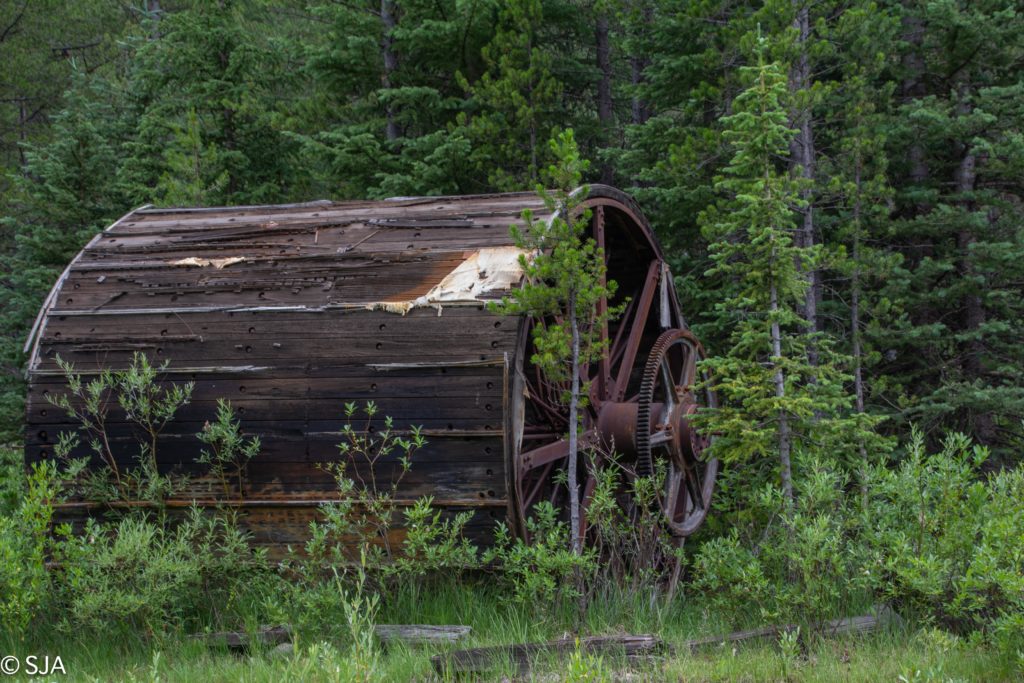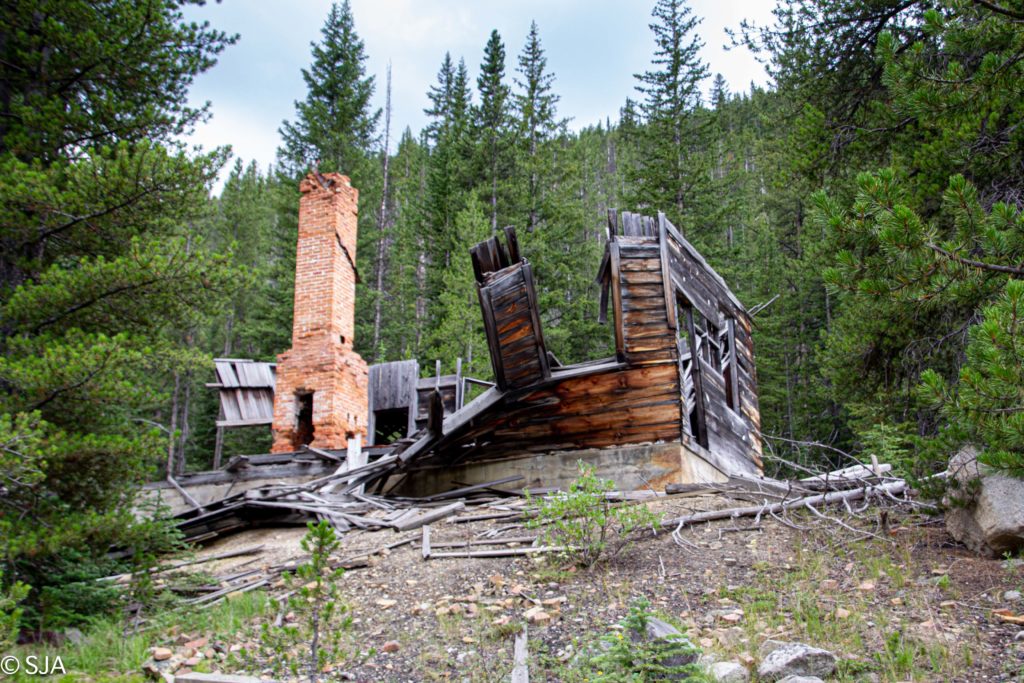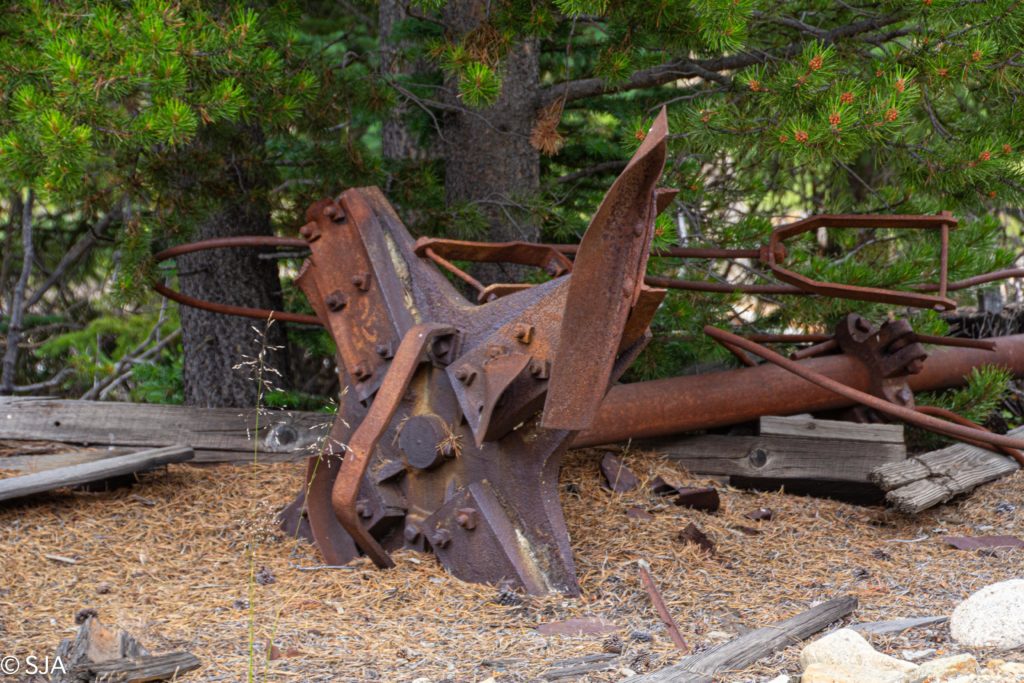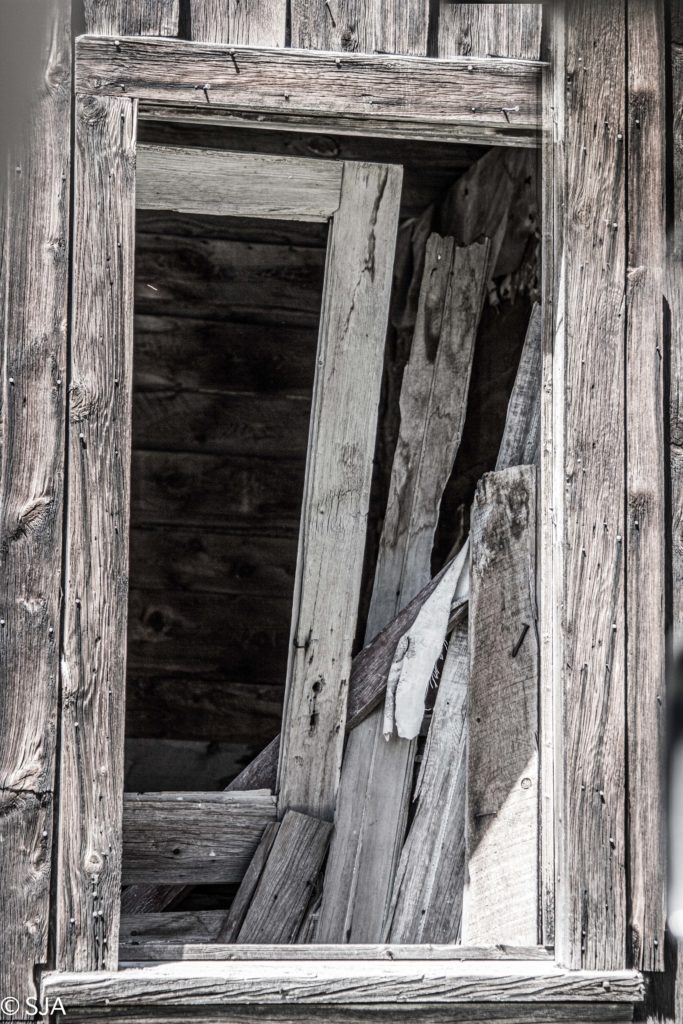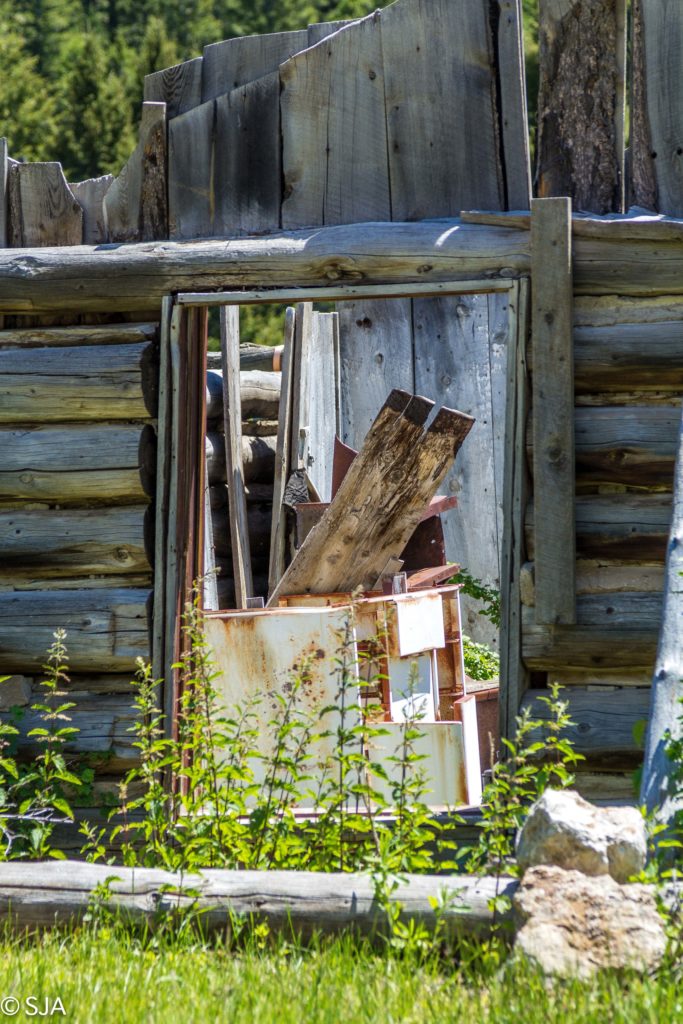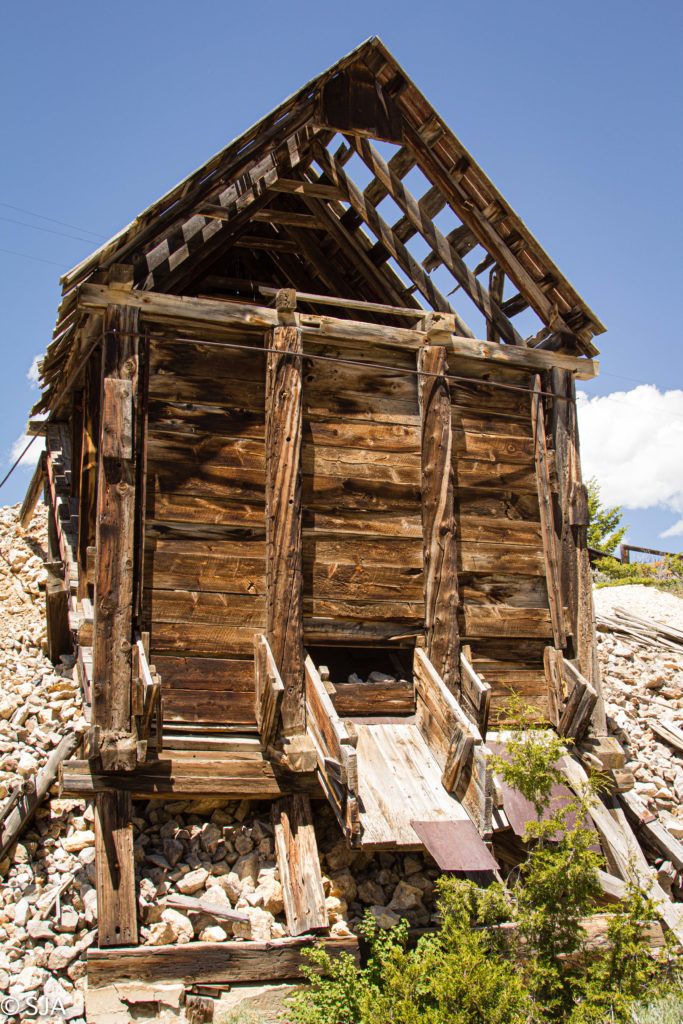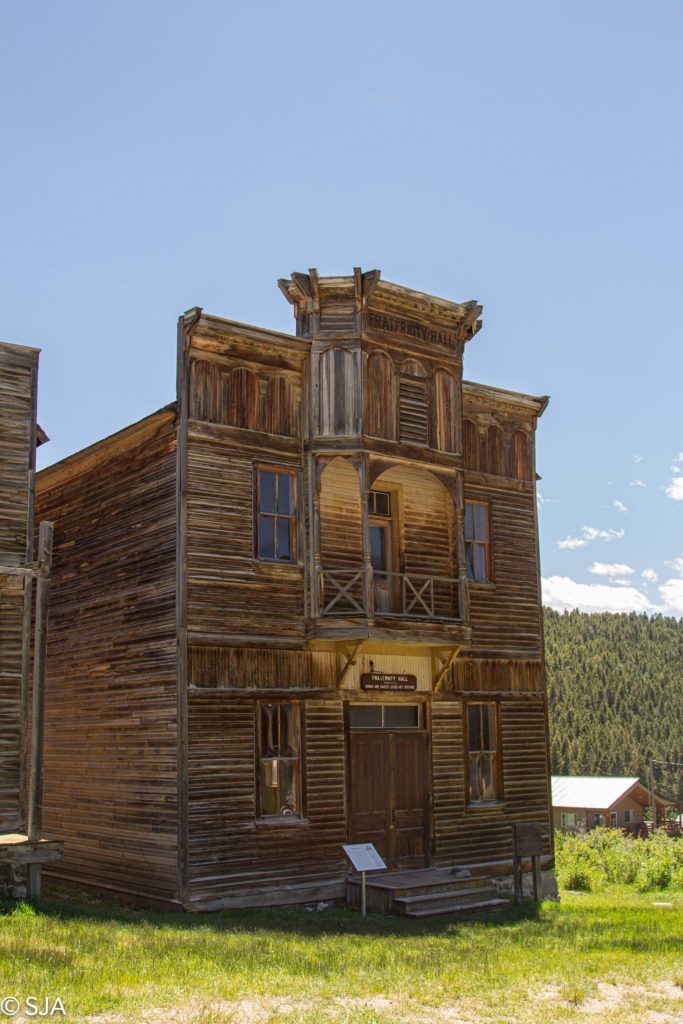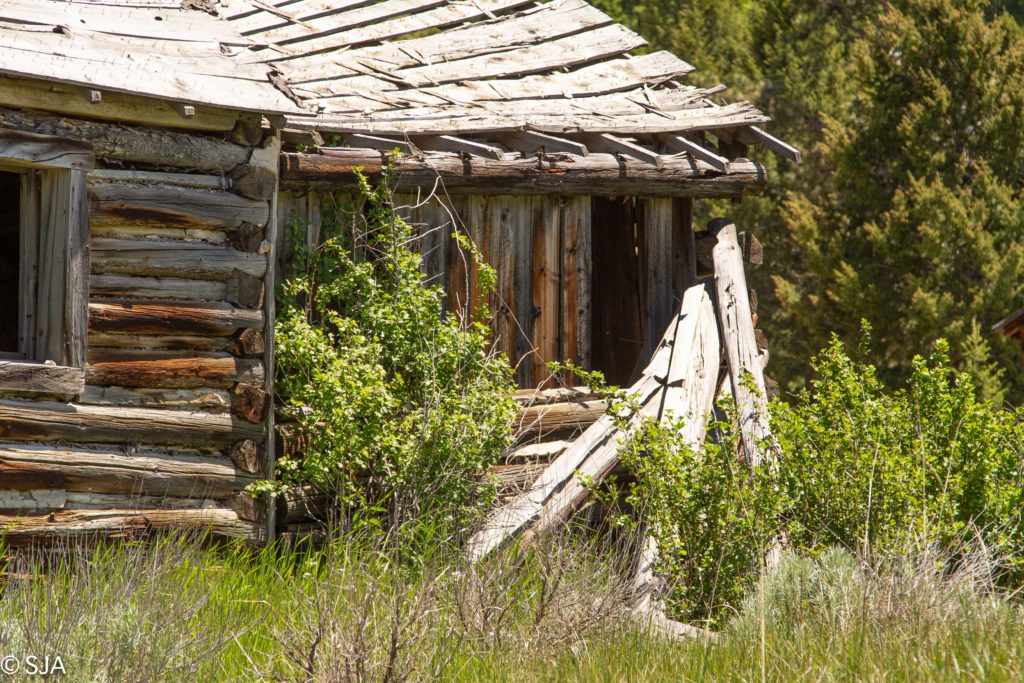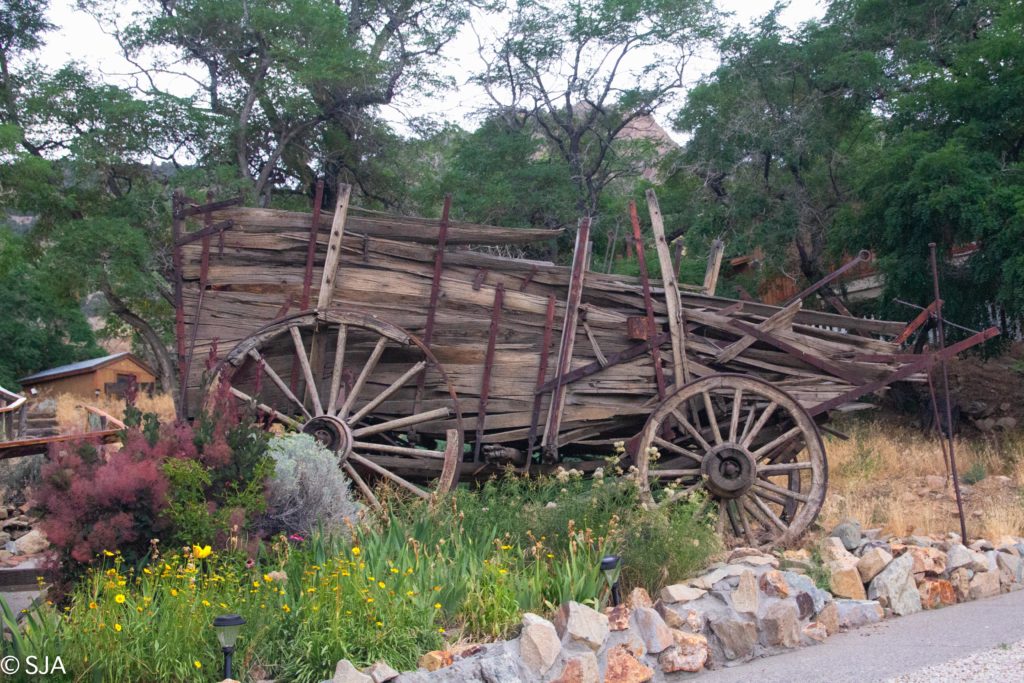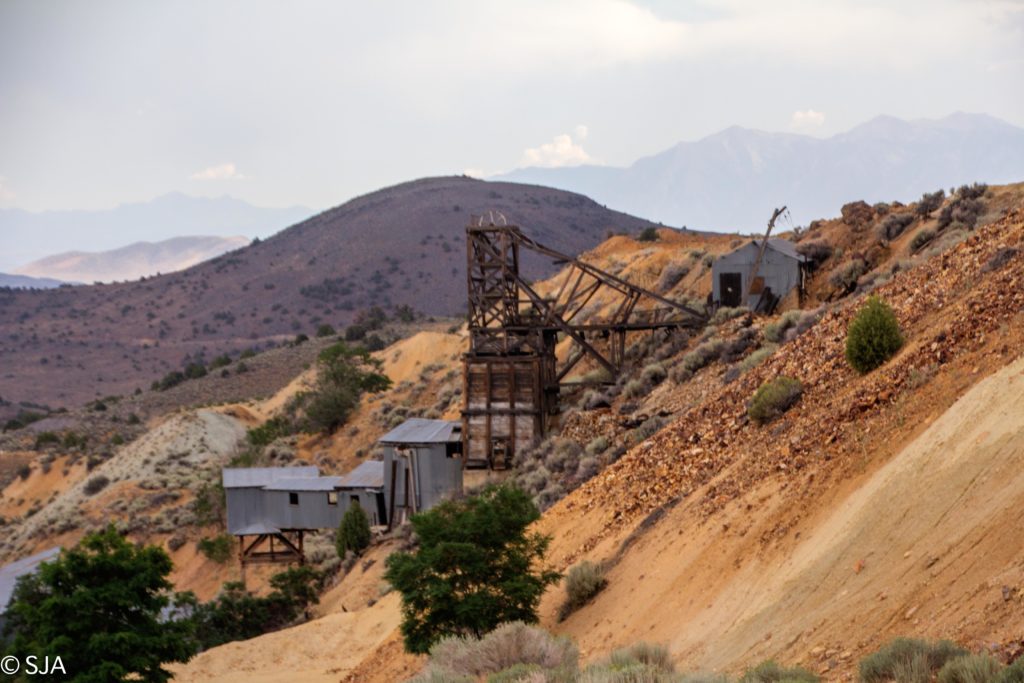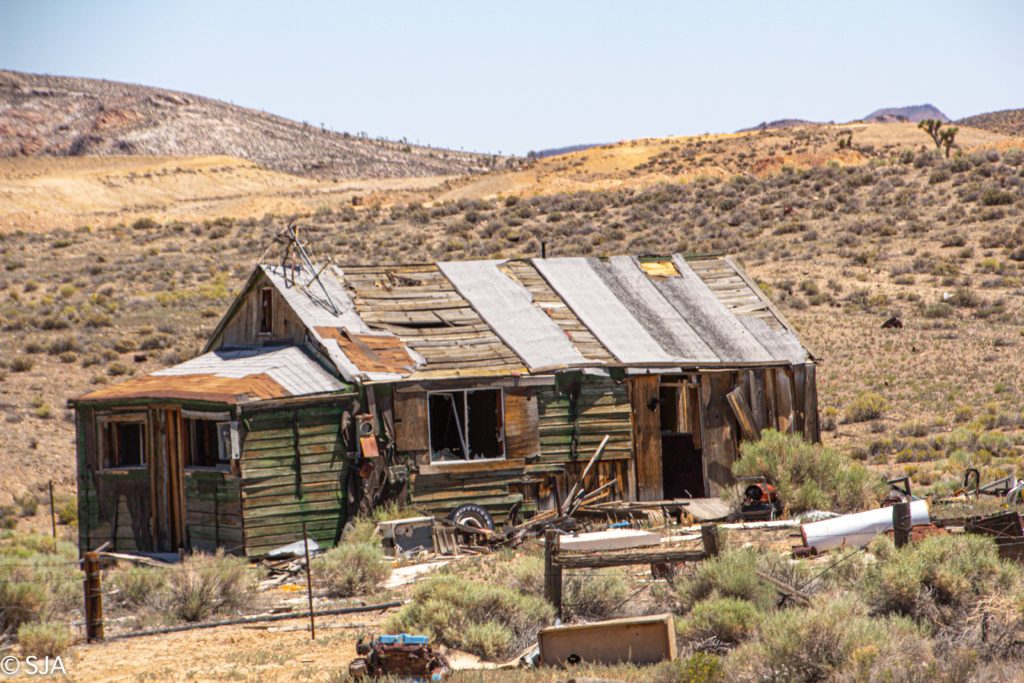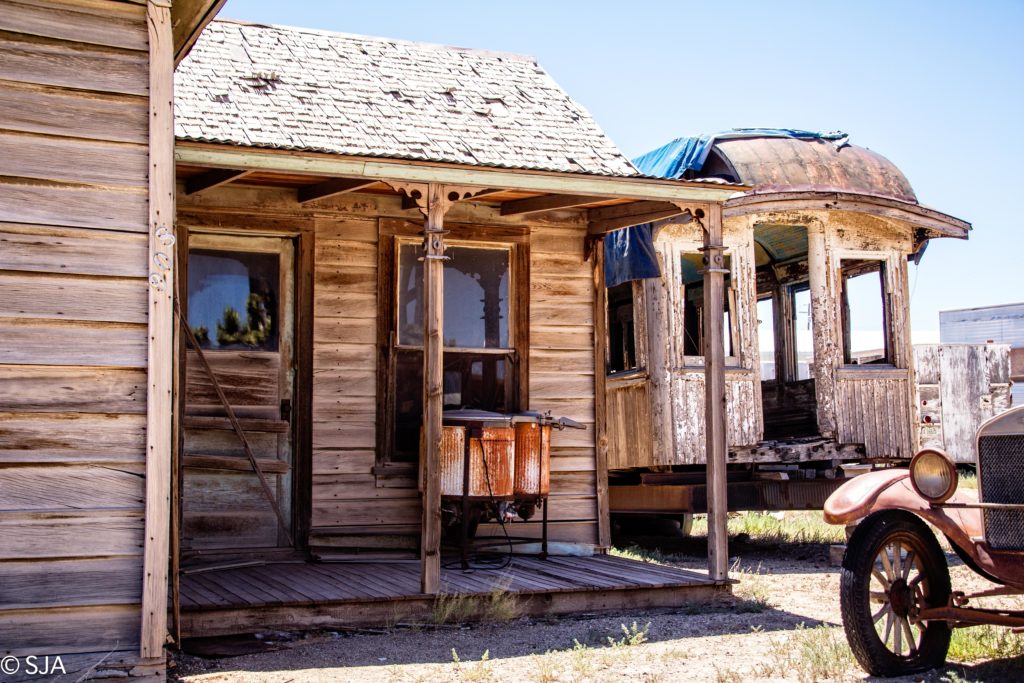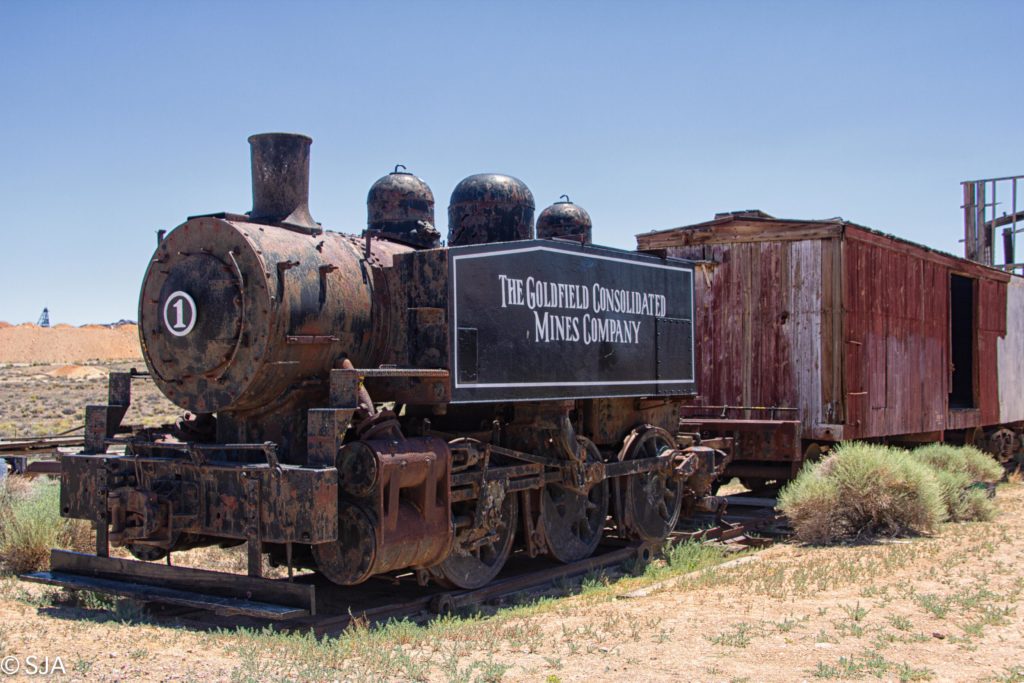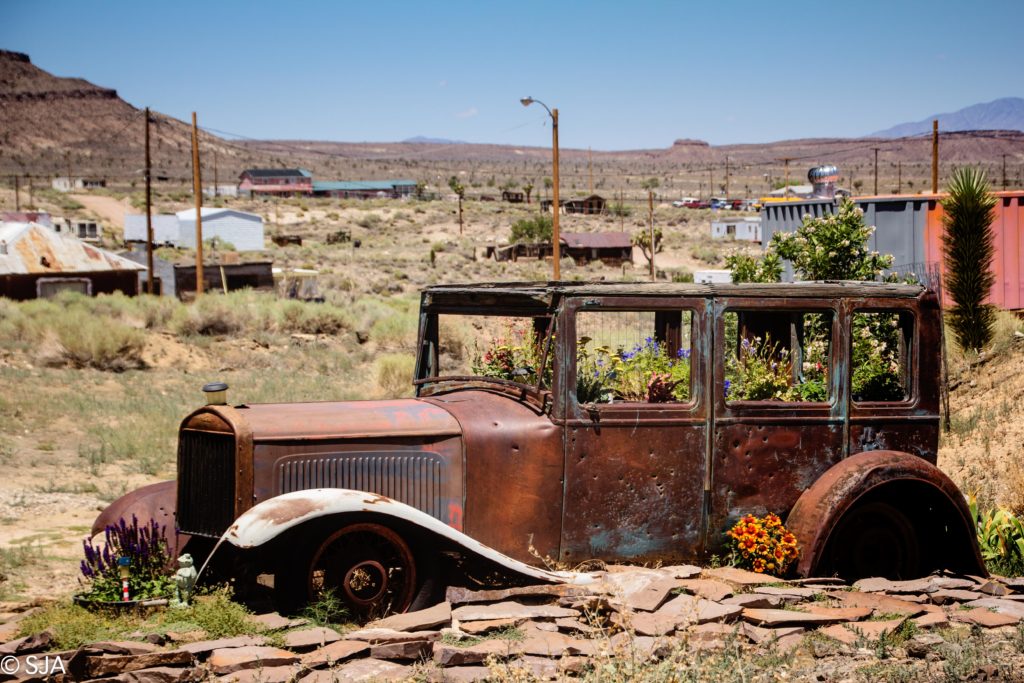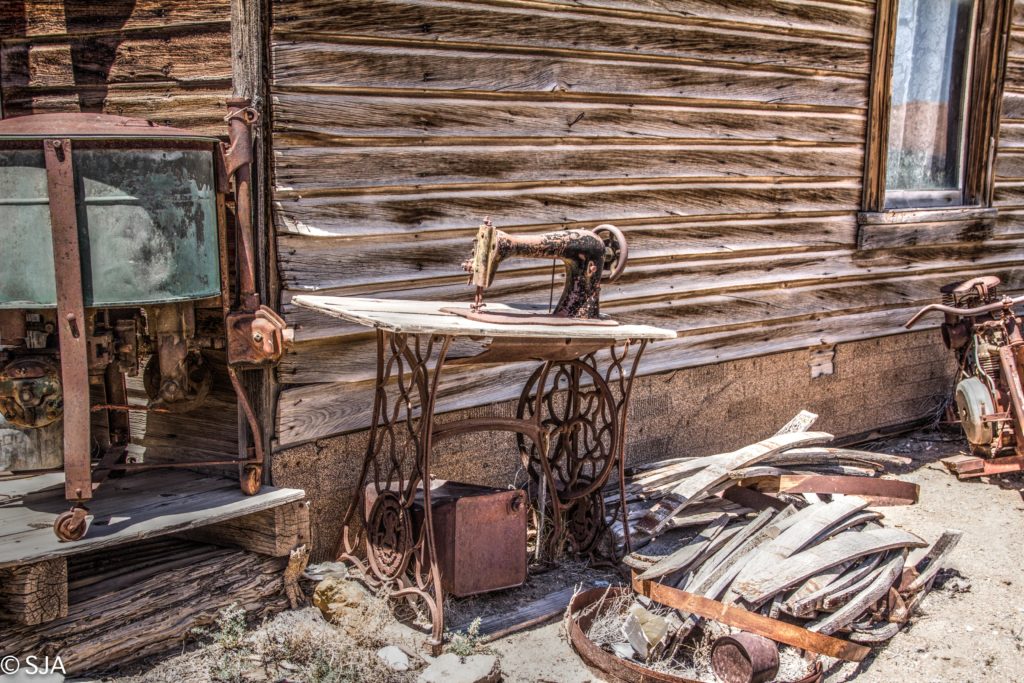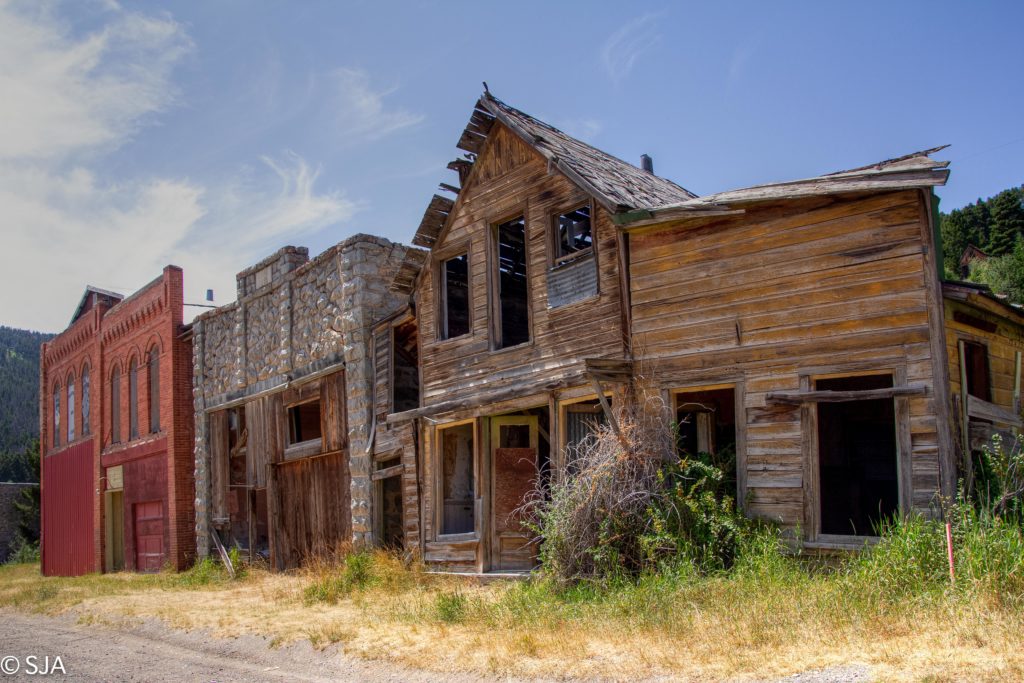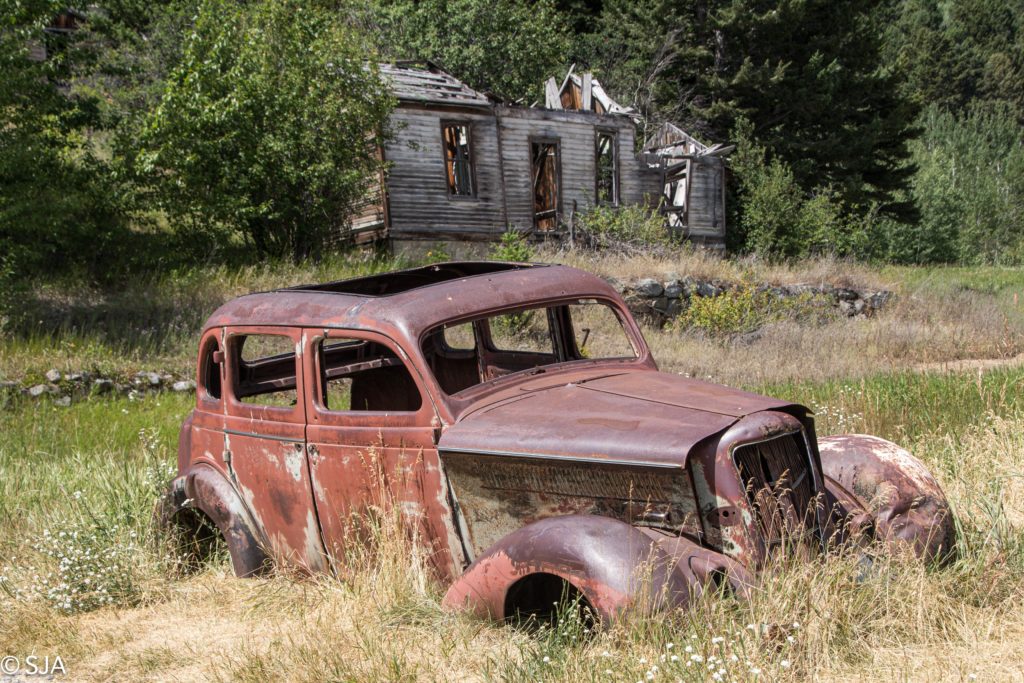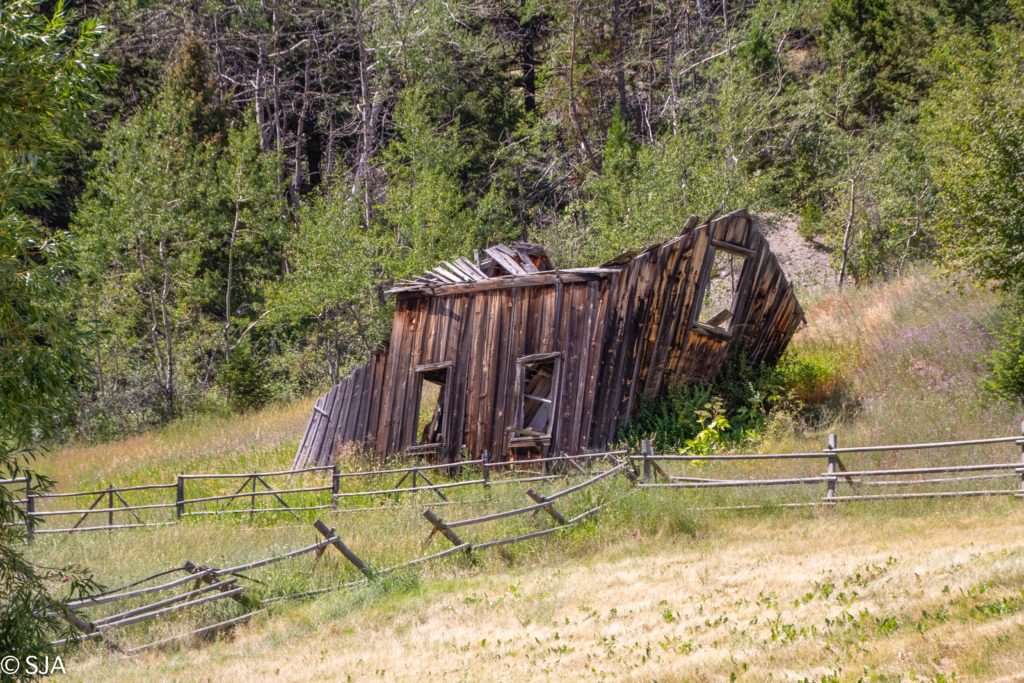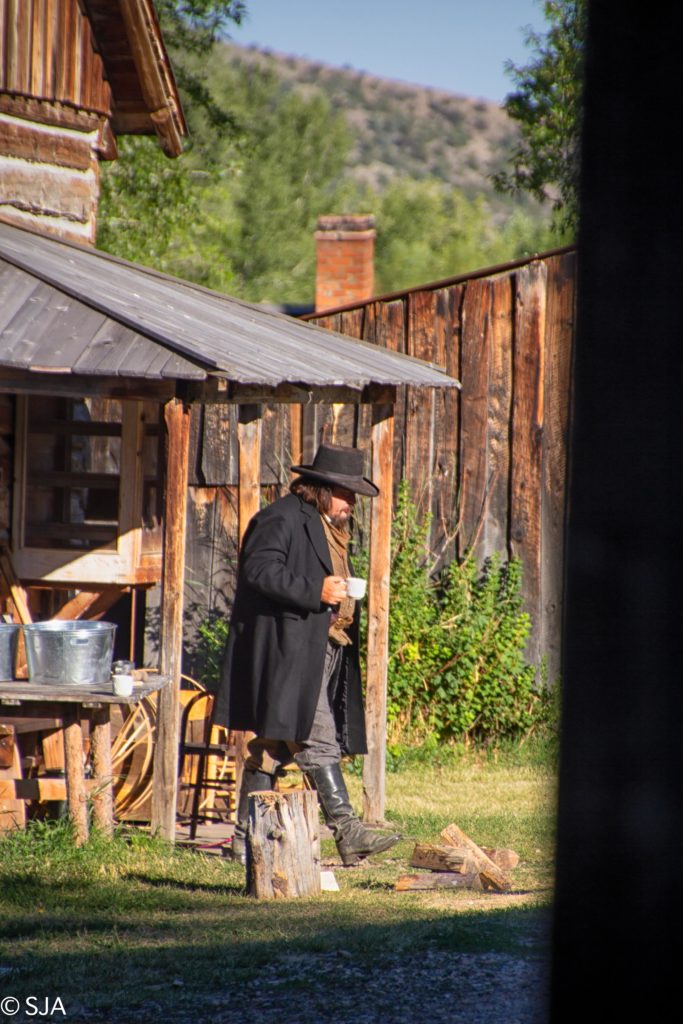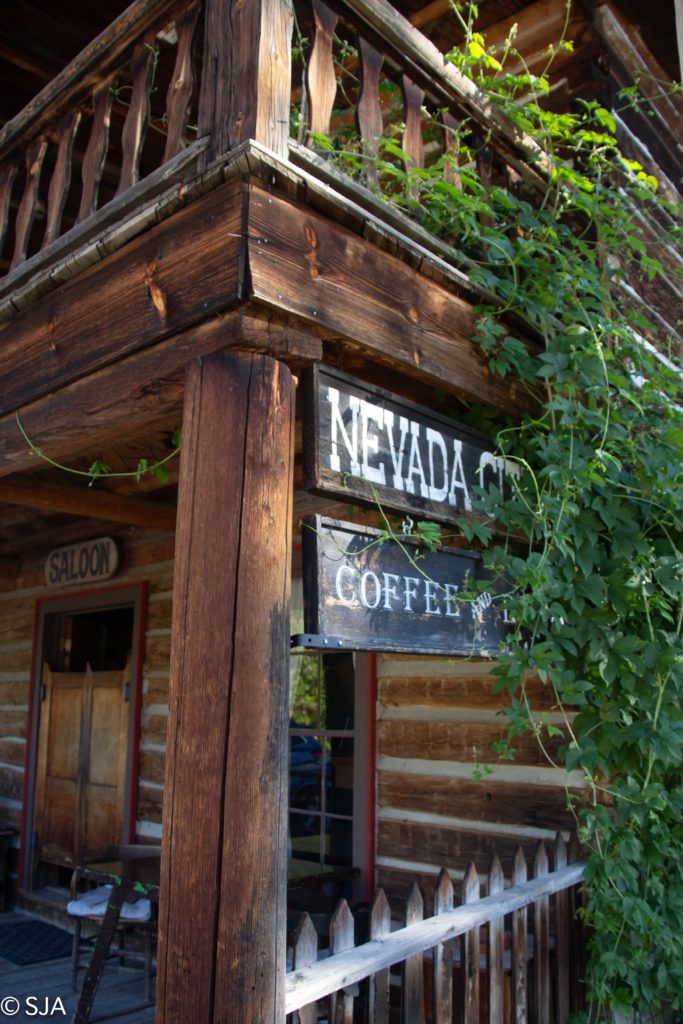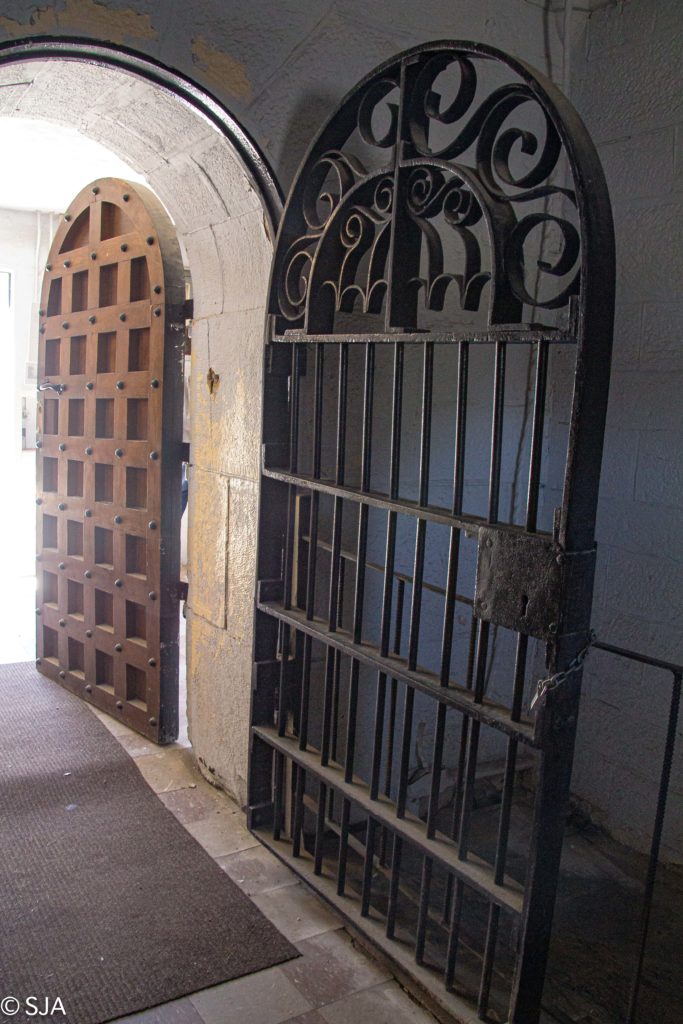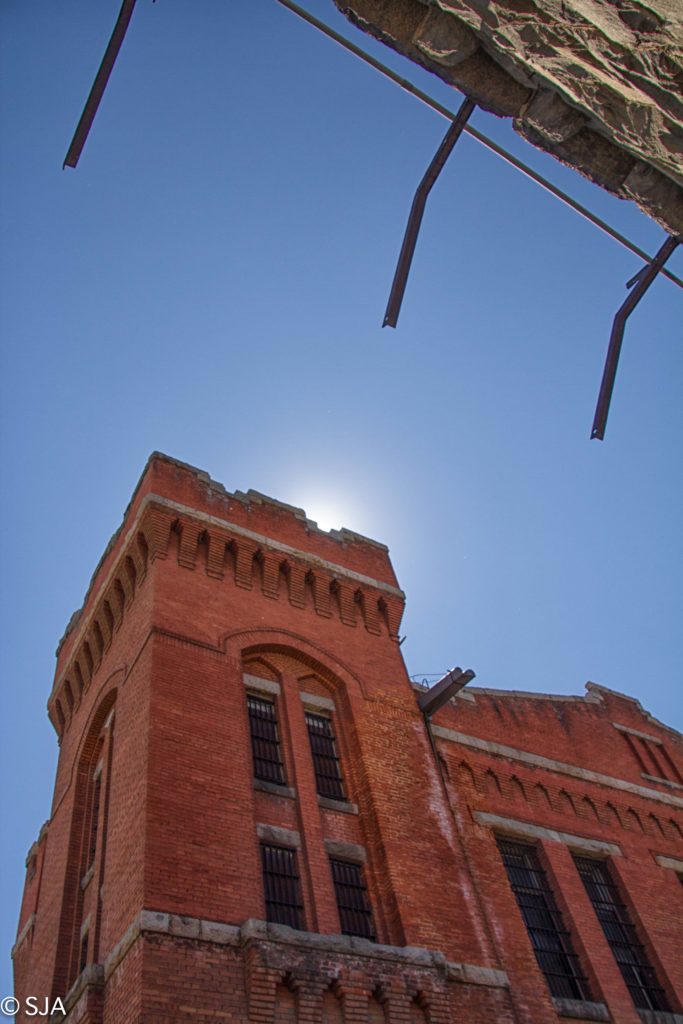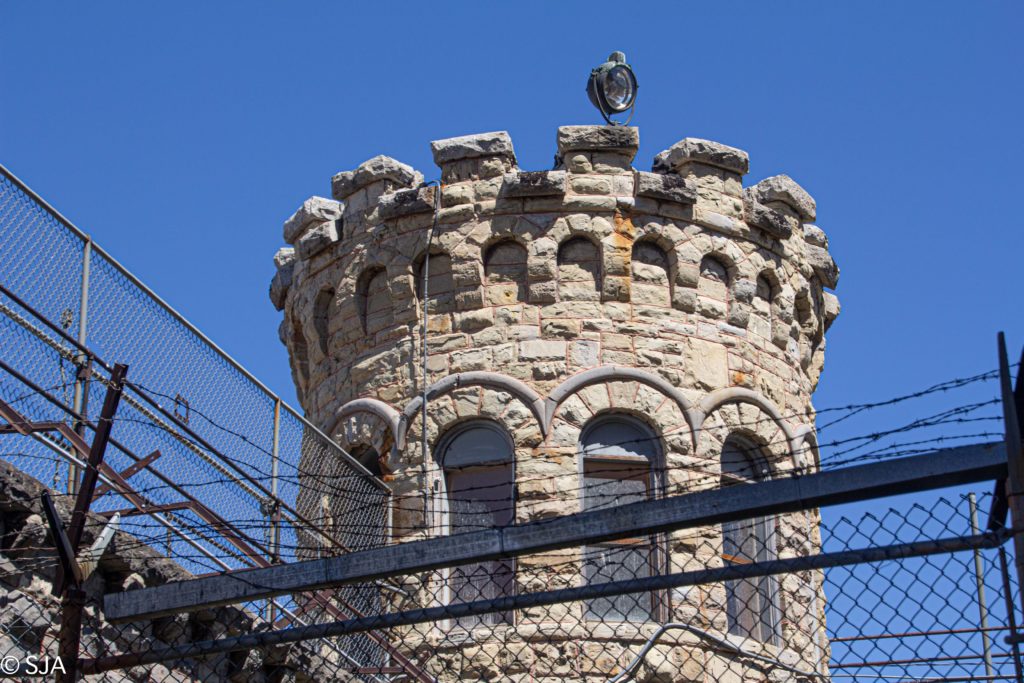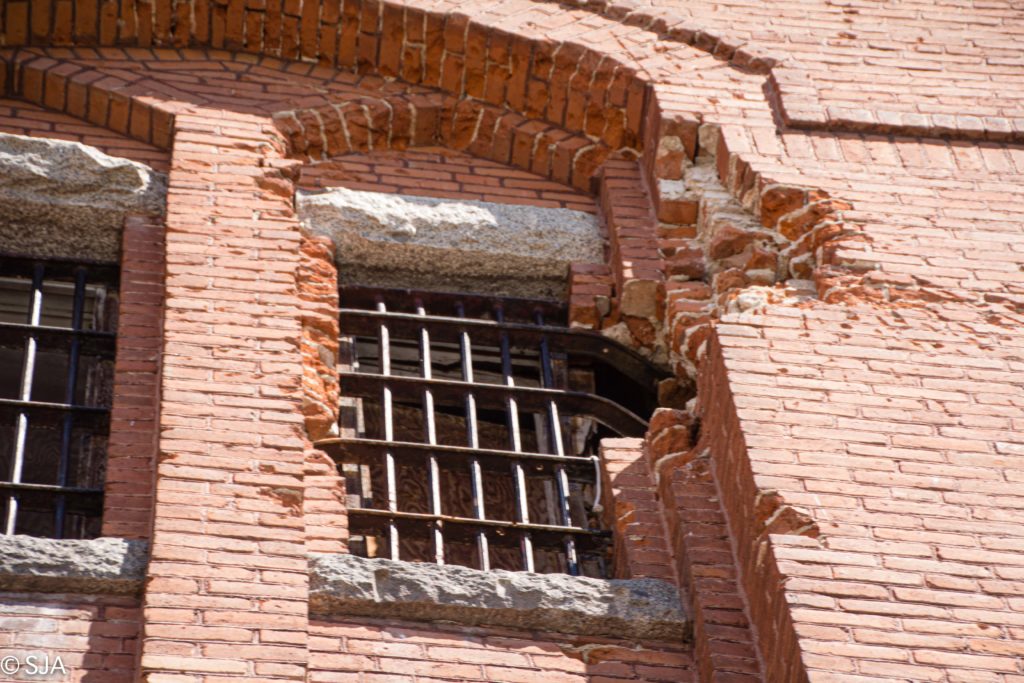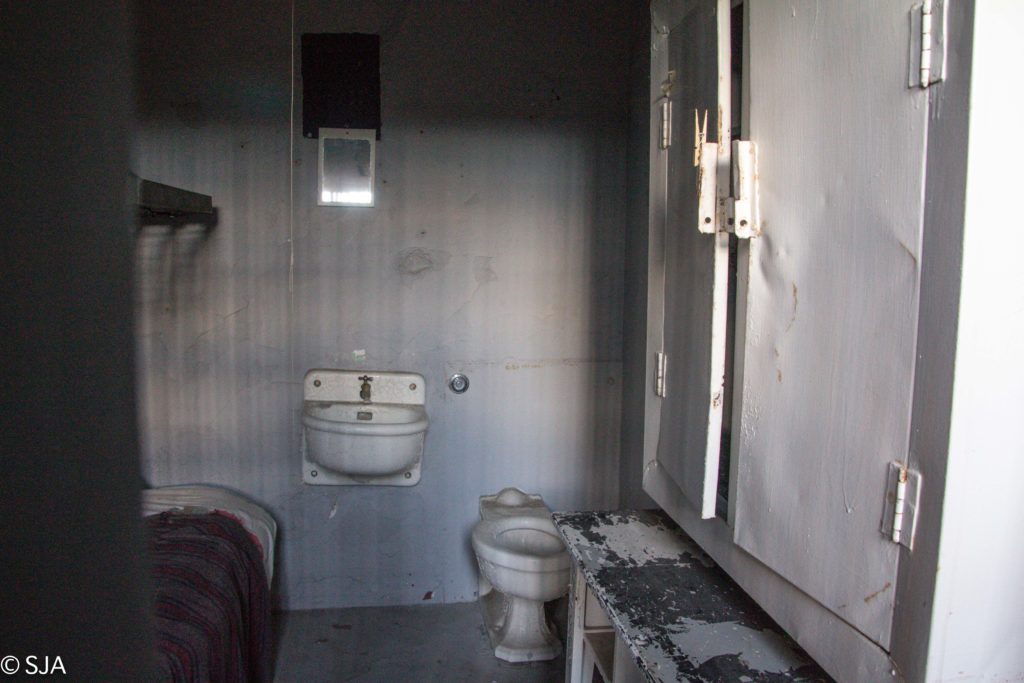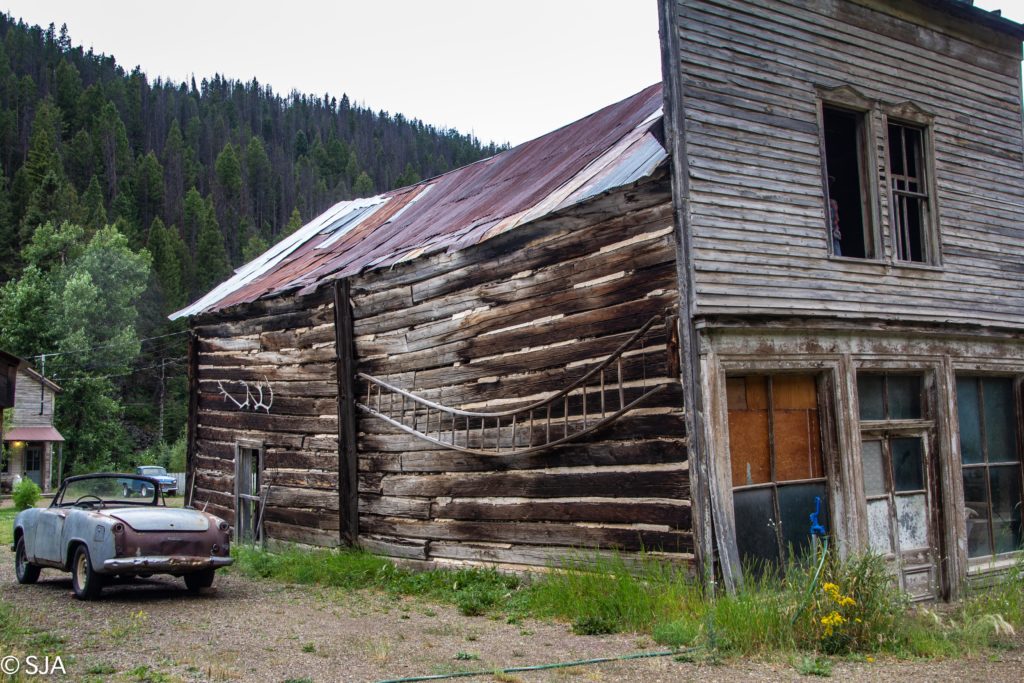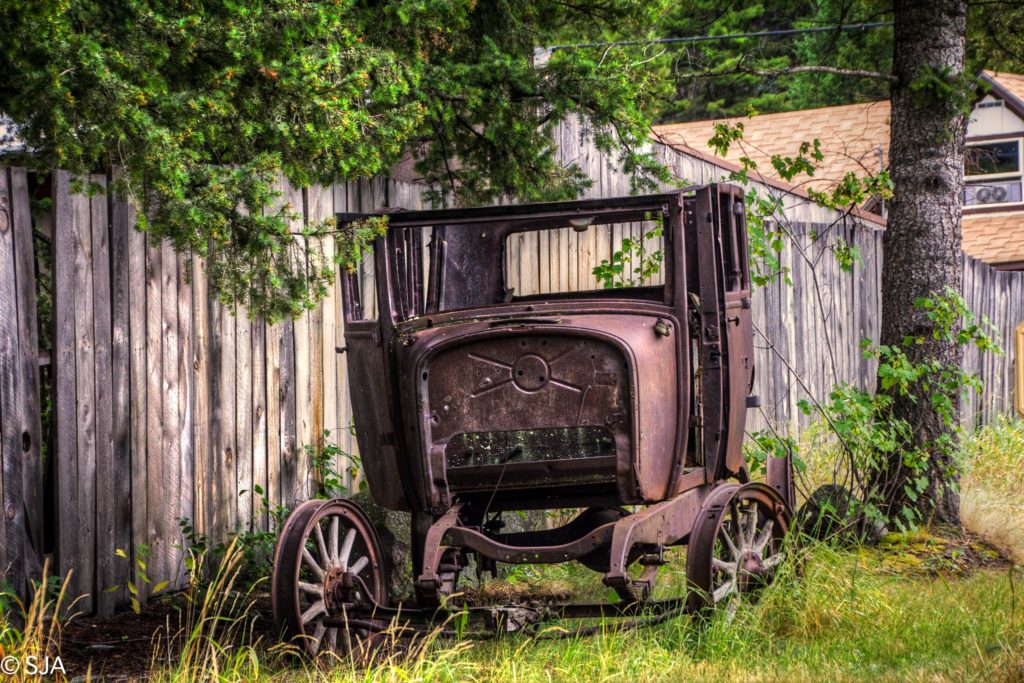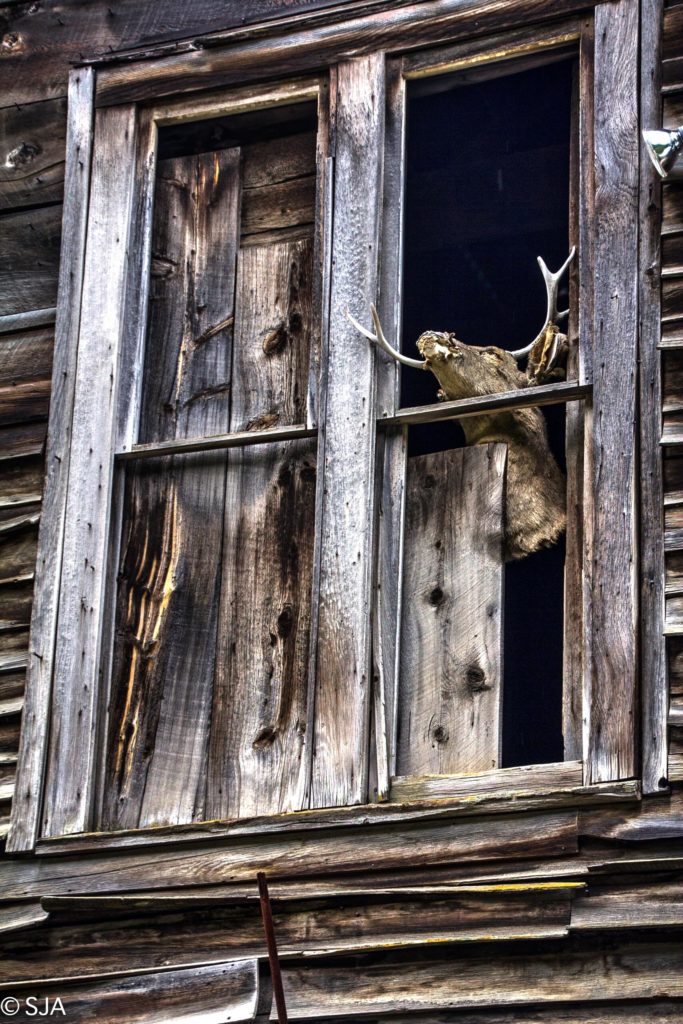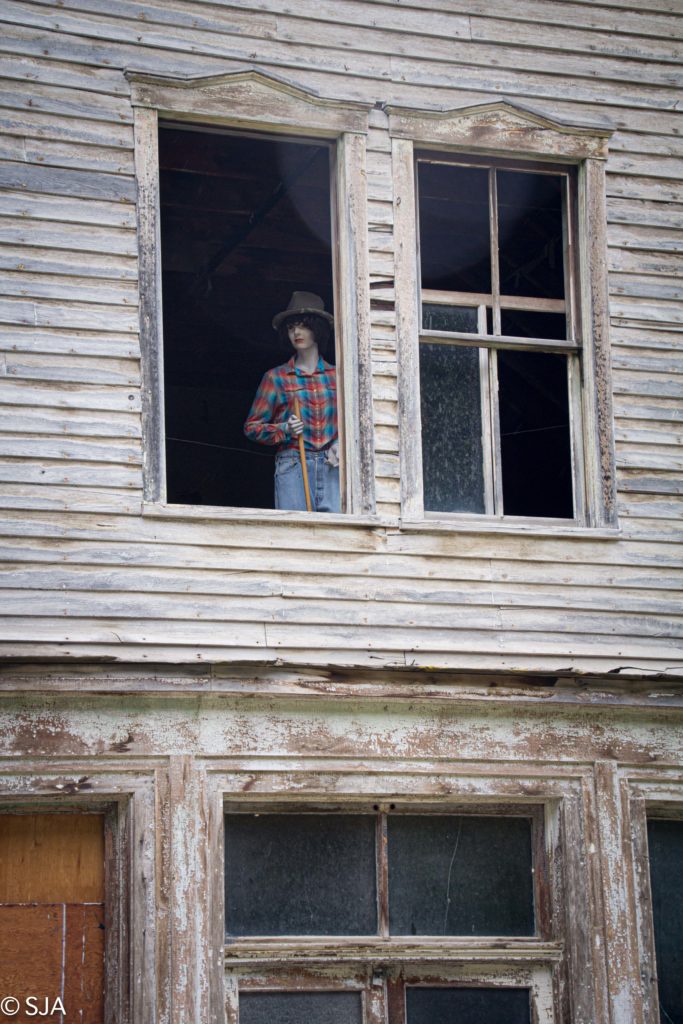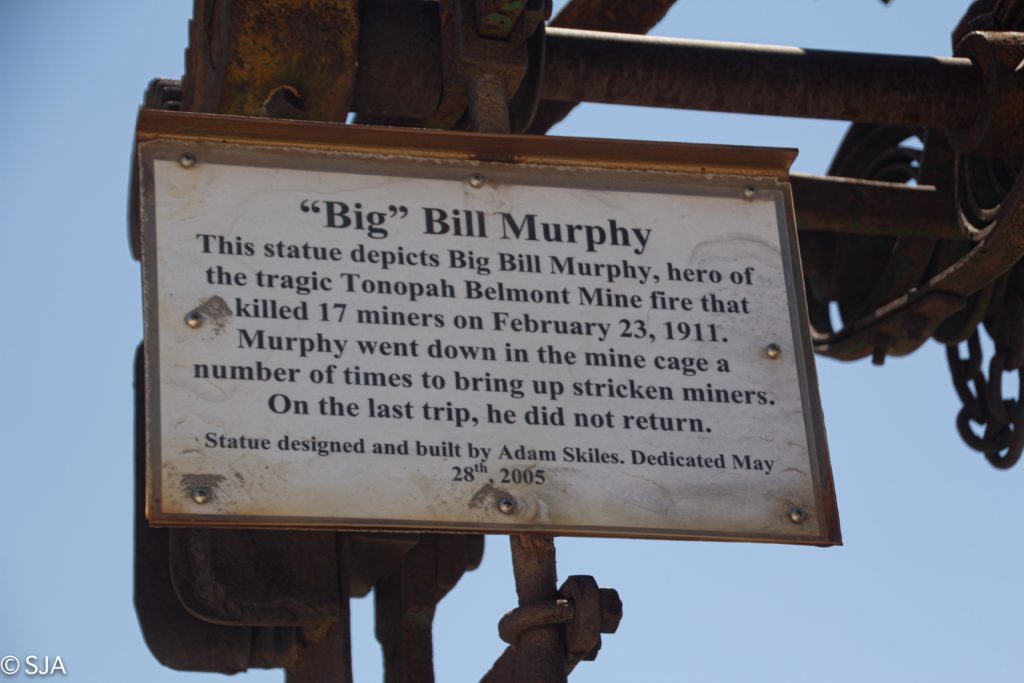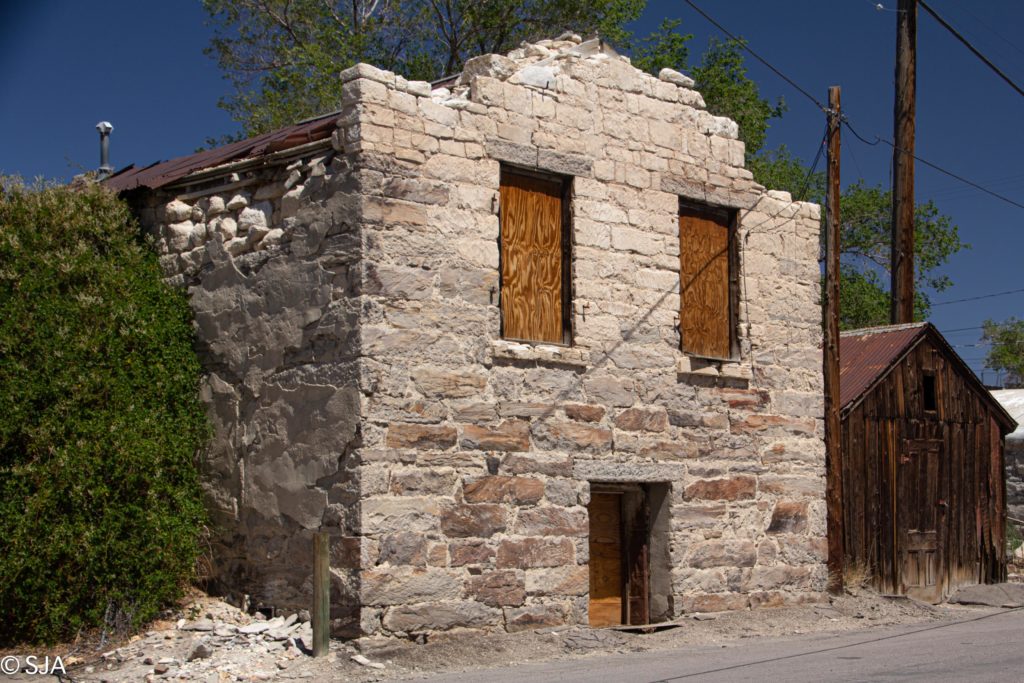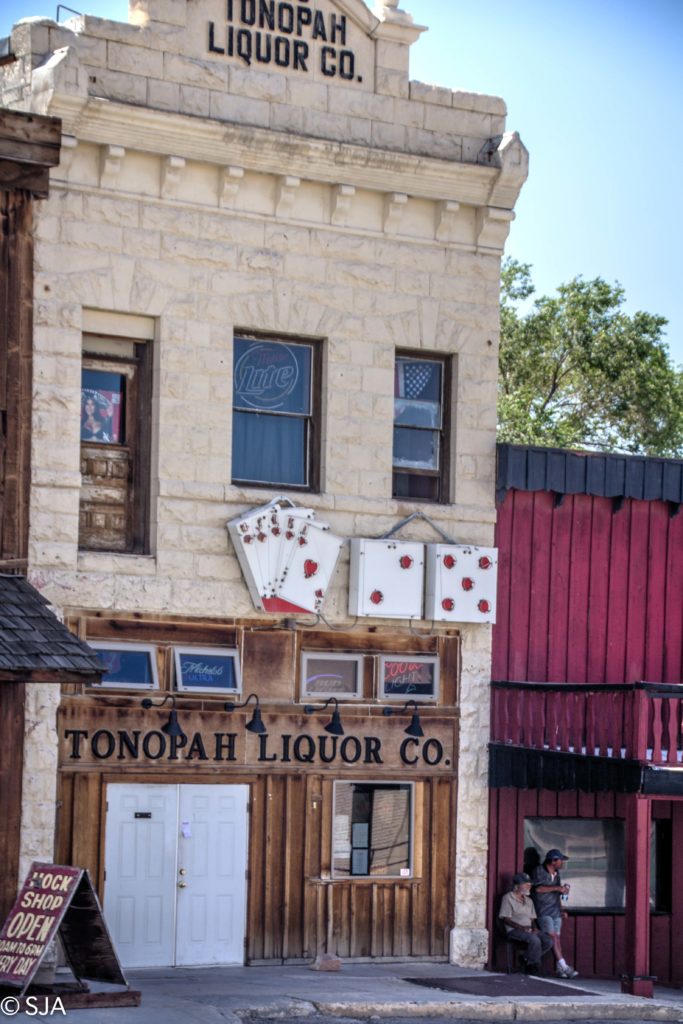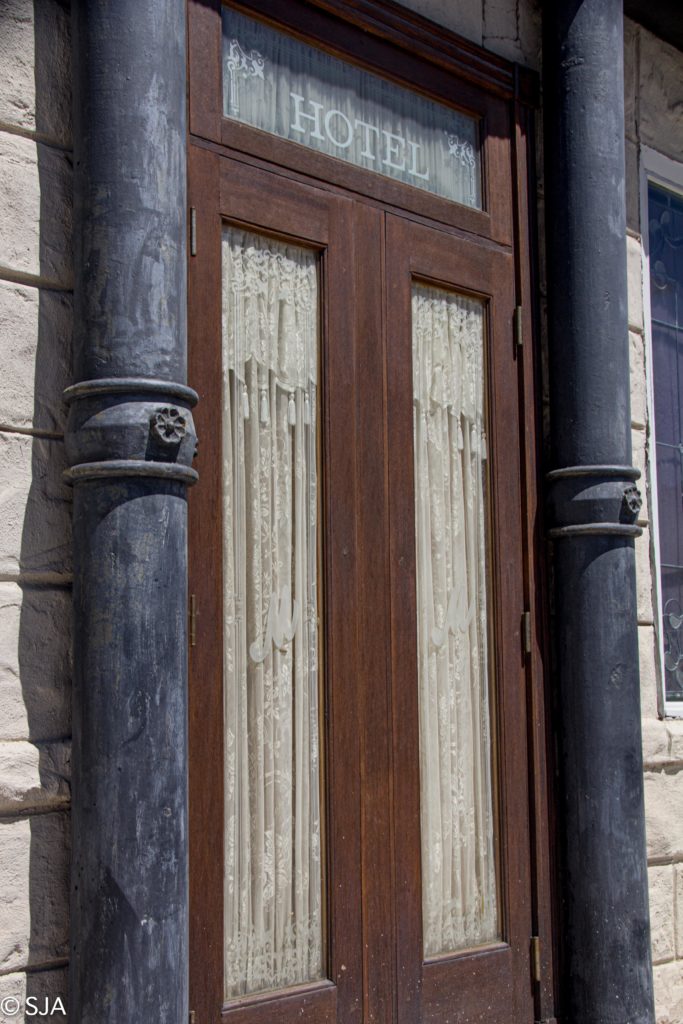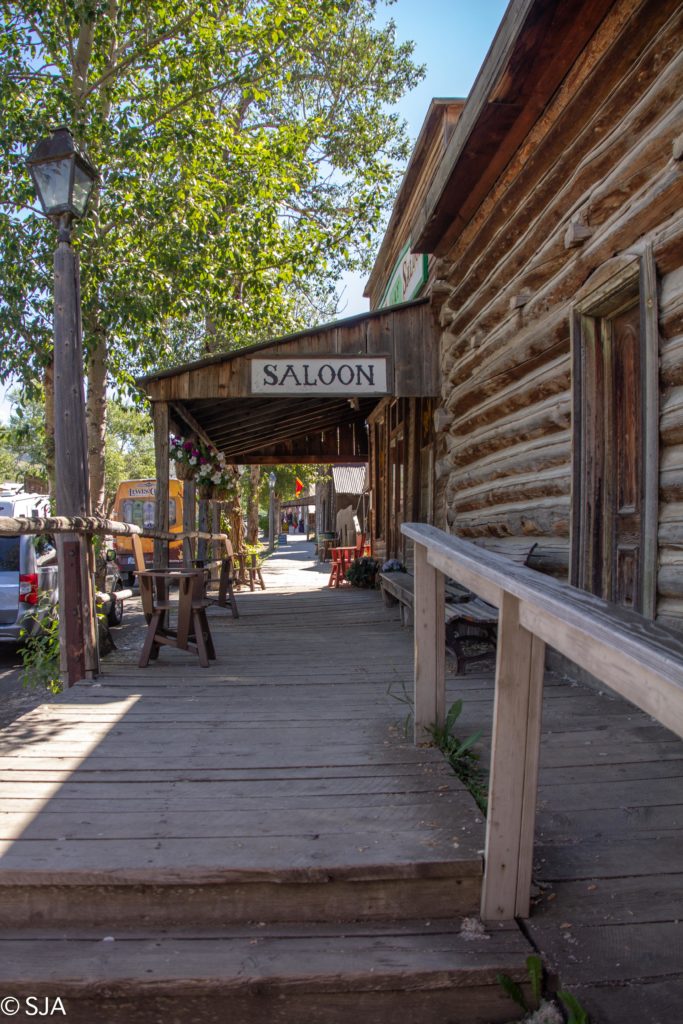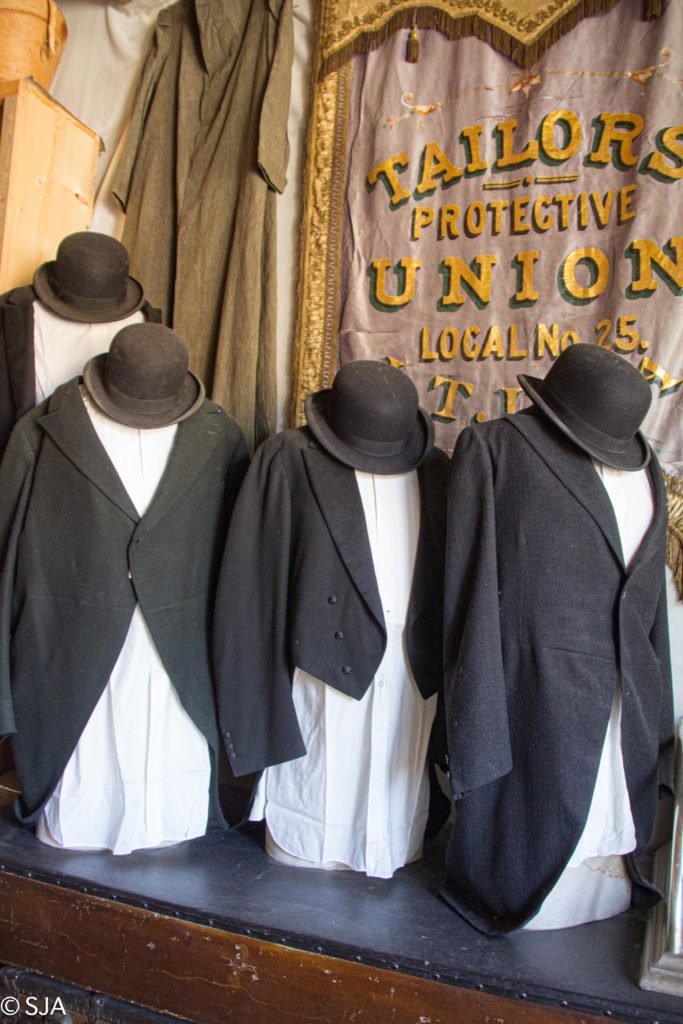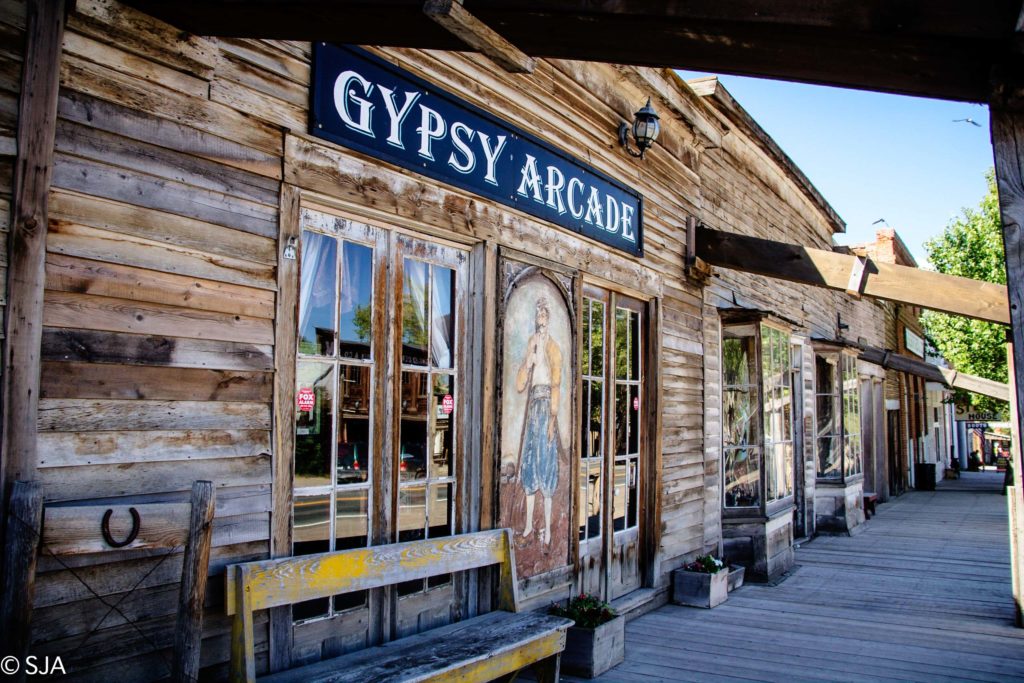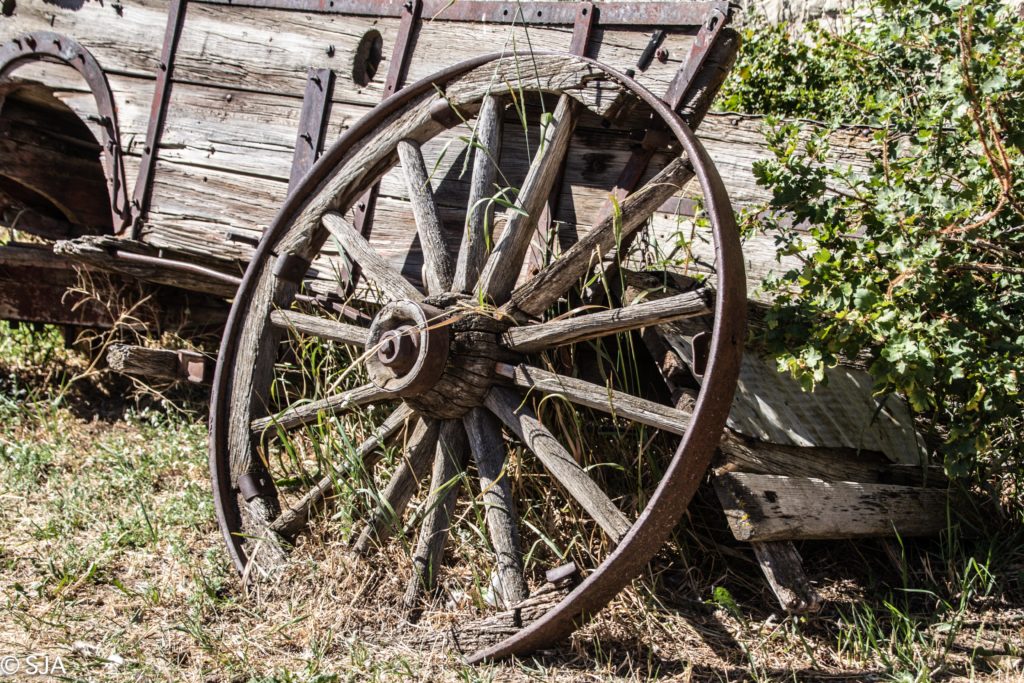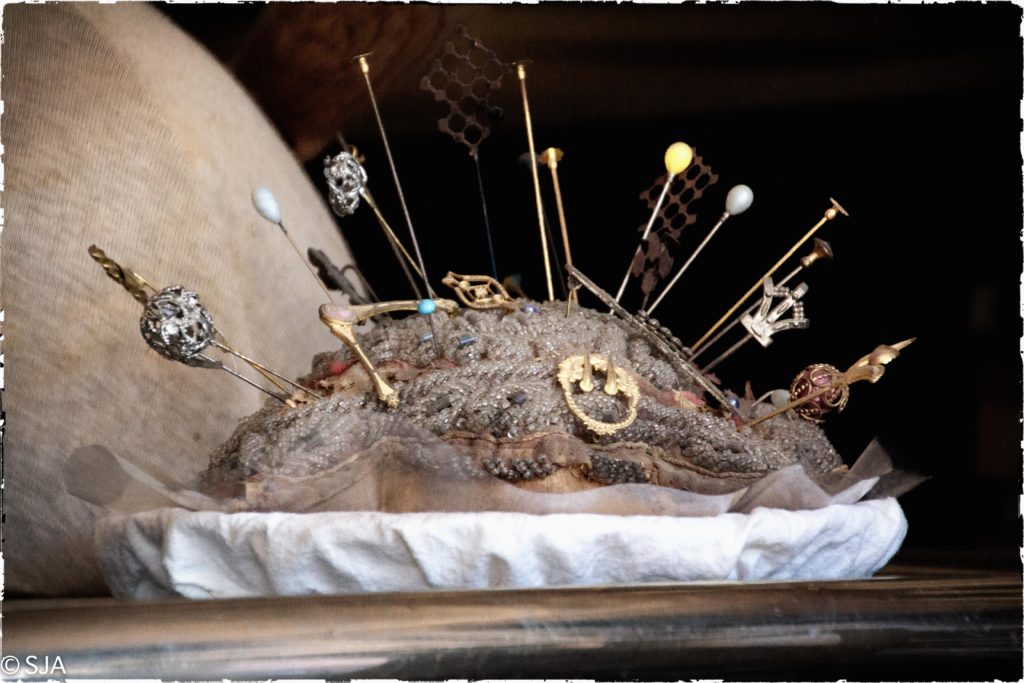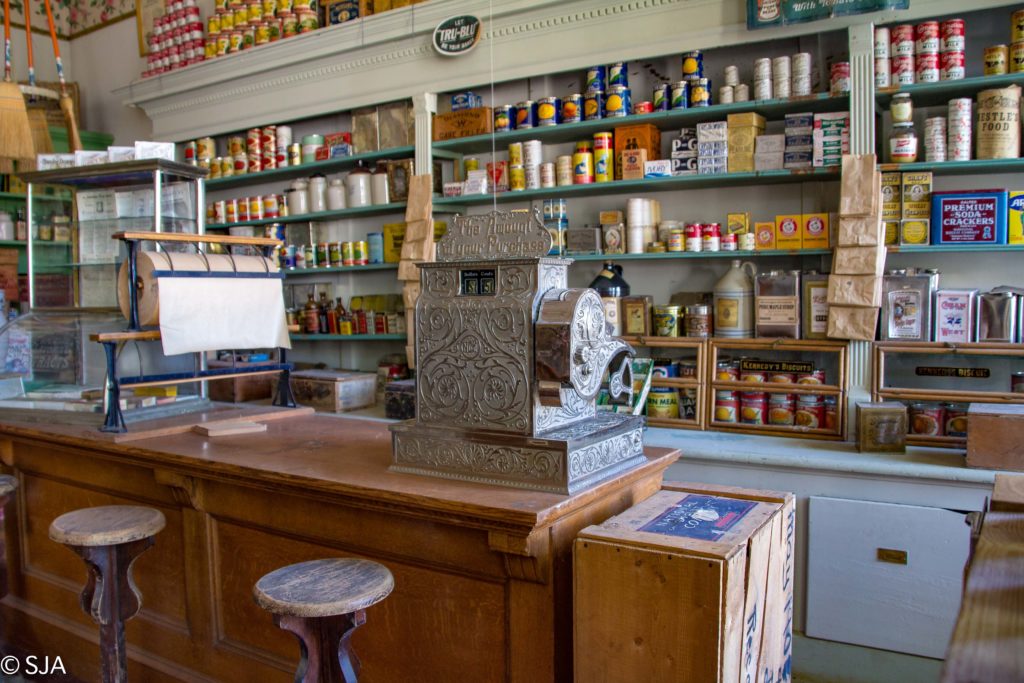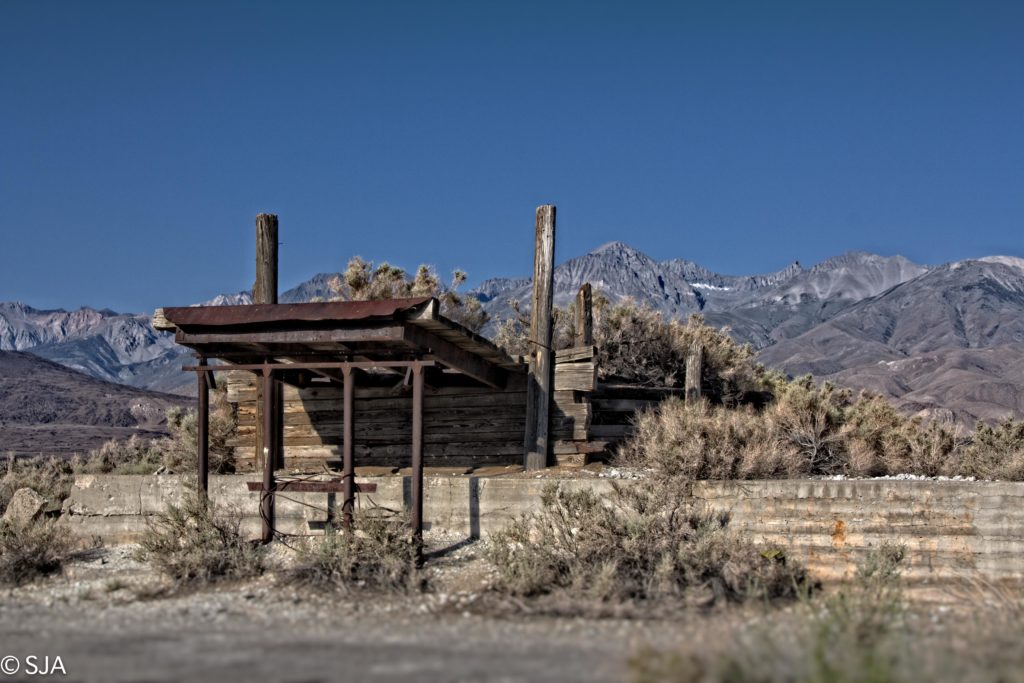Ghost Towns and other abandoned places are fascinating pieces of our history. Little towns that sprang up overnight were often short lived due to economic pressures, disasters, mine closures, disuse of railroads or lawlessness. Towns were deserted as many inhabitants left with only what would fit in their wagons. The remains left behind have tales of their own.
Bannack, Montana was donated to the state in 1954 with the stipulation that it remain a ghost town. Bannack was founded in 1862. The early town gained a reputation for lawlessness. In 1864, it was named the first Territorial Capital of Montana. Sixty historic structures remain standing in Bannack State Park.
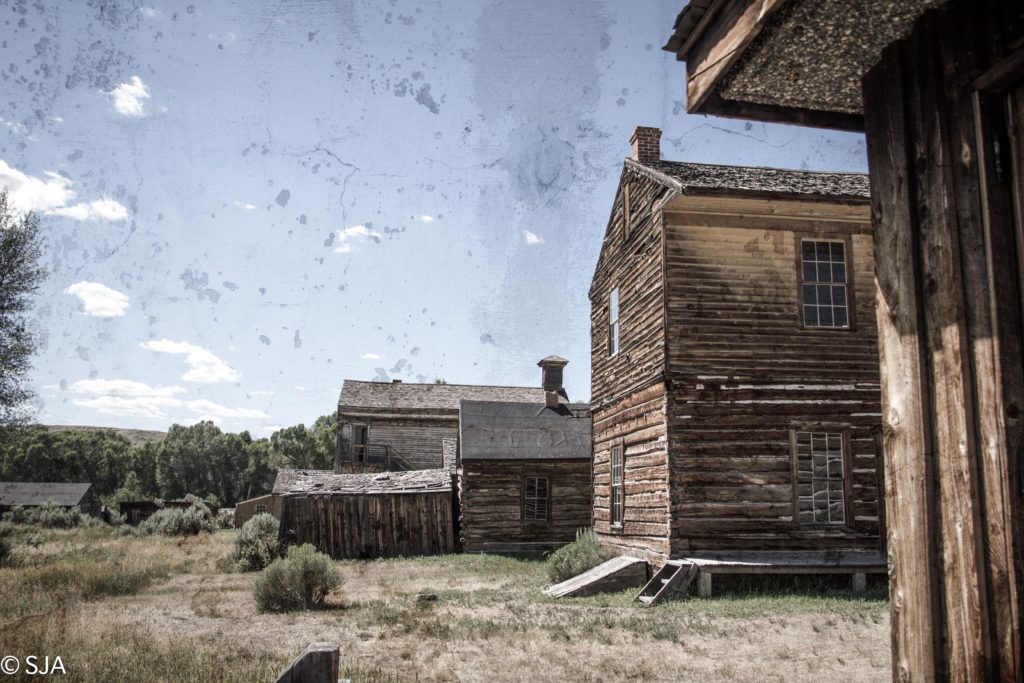
Bodie, California became a State Historic Park in 1962. The town is maintained just as it was found when the State took over the town. Gold was discovered in 1859 by William Bodey. After a mill was established in 1861, the town began to grow. At one time there were 65 saloons in town. Bodie was first on my list of ghost towns to visit.
Chinese Camp, California is mostly a ghost town. It is known for the Tong wars that pitted members of rival clans in 1856. The battles were fought with pitchforks, rakes and other mining and farming tools. Americans and Europeans also populated the area. This town is on the Mark Twain Bret Harte Trail.
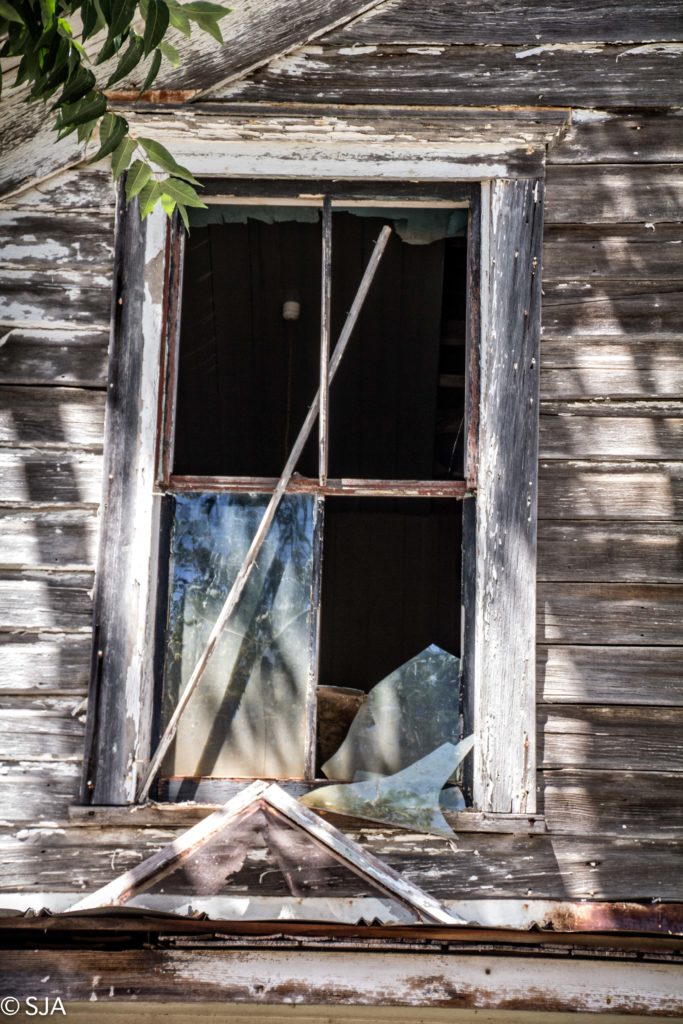
Comet, Montana is located about 20 miles southwest of Helena. The remains of the town cover about 35 acres. It is private property but is open to public access. The town is named for Comet Mine which was developed in 1883.
Coolidge, Montana is said to have been named after Calvin Coolidge. By 1919, the community was thriving. By 1922 the town had telephone service and electricity. Work was done on a mining tunnel, but by the time it was ready for operation, the economy had taken a downturn and silver prices plummeted.
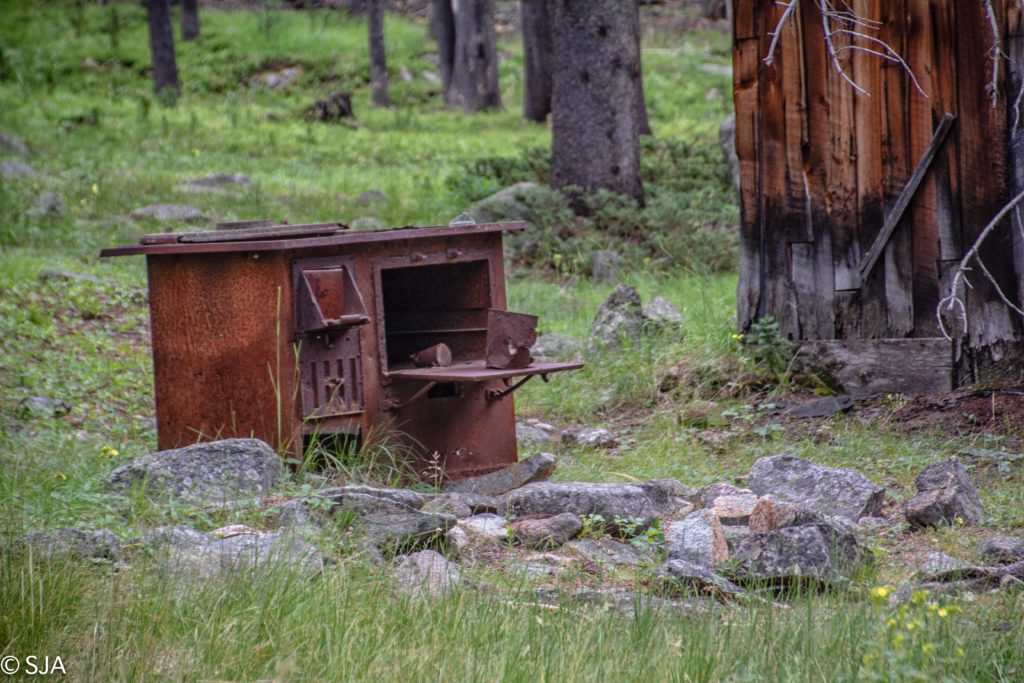
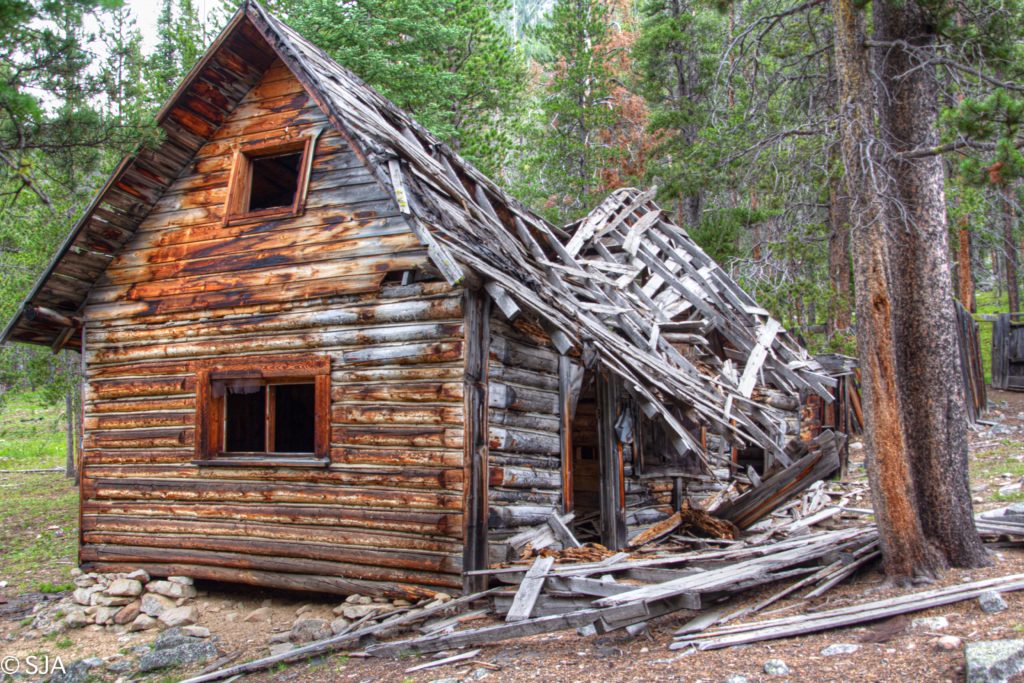

One of the inhabitants of Coolidge 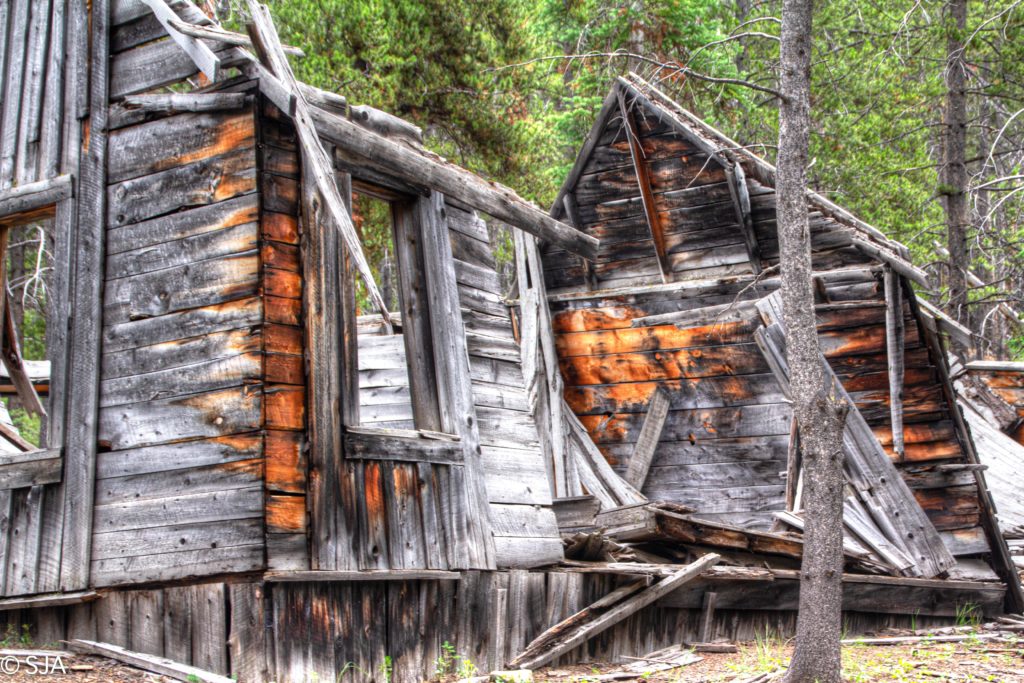
Elkhorn Mining District had rich veins of silver high in the Pioneer Mountains. It was called “Old Elkhorn” because a pair of elk horns were found near the discovery of the site. It was just a short distance from Coolidge. At one time this was the largest mill in Montana.
Elkhorn, Montana located in the Elkhorn Mountains, was founded in 1872. It was abandoned in the 1970’s. Two of its buildings, Fraternity Hall and Gillian Hall, are preserved as Elkhorn State Park within this historic silver mining ghost town. It is a gorgeous drive to Elkhorn.
Gold Hill, Nevada was never a town or a settlement. It was a mining complex to process ore from several claims, including the Gold Hill mine. Only the mine hoist and foundations of the mill exist.
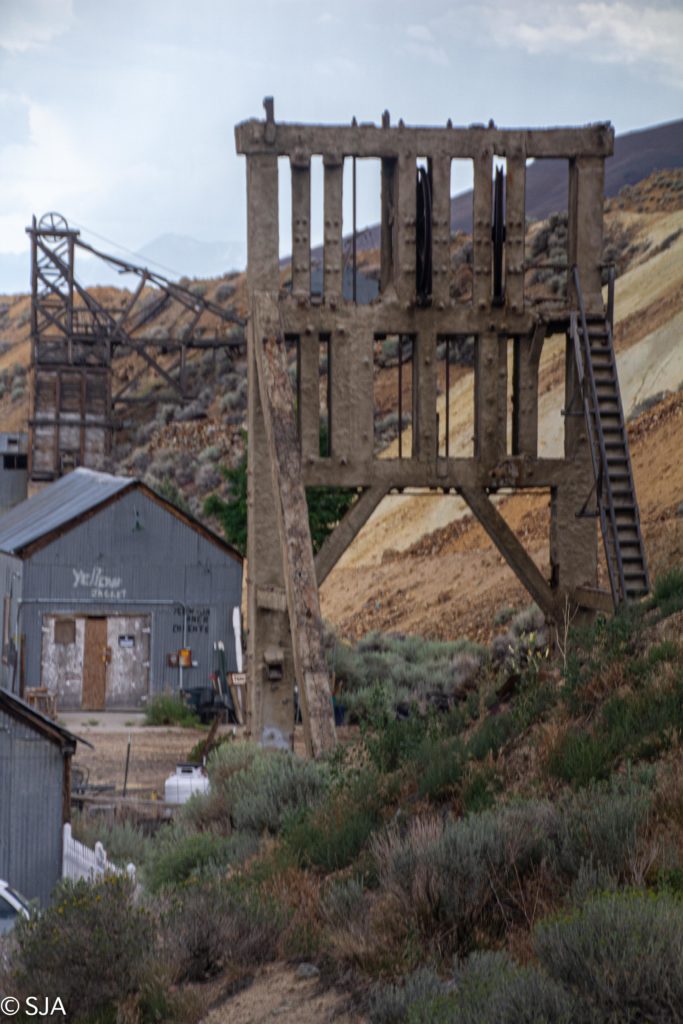
Goldfield, Nevada, so named because of the discovery of gold, was a booming mining town from 1905 through 1910. In fact, it was once the largest town in Nevada. Wyatt and Virgil Earp came to Goldfield in 1904. Virgil was hired as deputy sheriff in January 1905. Wyatt left shortly after. Much of the town was destroyed by fire in 1923. One of my great uncles mined here for a short time.
Marysville, Montana was once a thriving gold camp. Several of the buildings in Marysville are listed on the National Historic Register. Part of the town is considered a ghost town, but it is far from being deserted. Mining activity still goes on there. In the 1880’s and 1890’s, it was said to have been the leading gold producer. When my family moved to Montana from New Mexico, they lived in this community for a time.
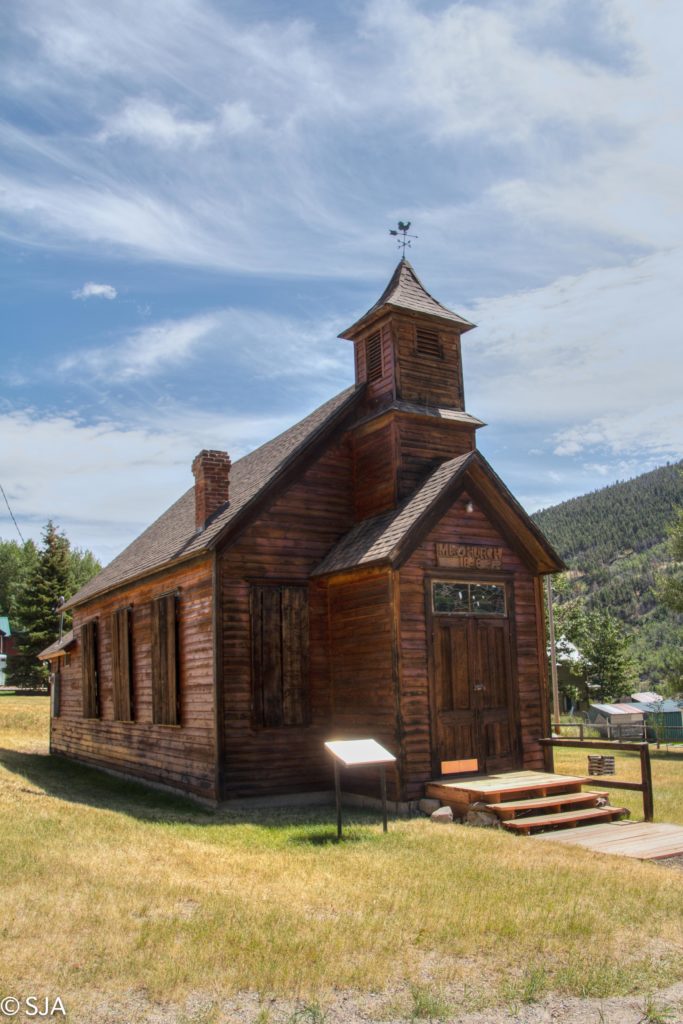
Nevada City, Montana is a mining ghost town that was restored between 1945 and 1978. The city, along with Virginia City, is a living historical museum. In the 1880’s it was known as the site of the richest placer gold strikes in the Rocky Mountains. Visitors can step back in time with a tour of the Old West mining town, a train ride, or a night in the Nevada City Hotel.

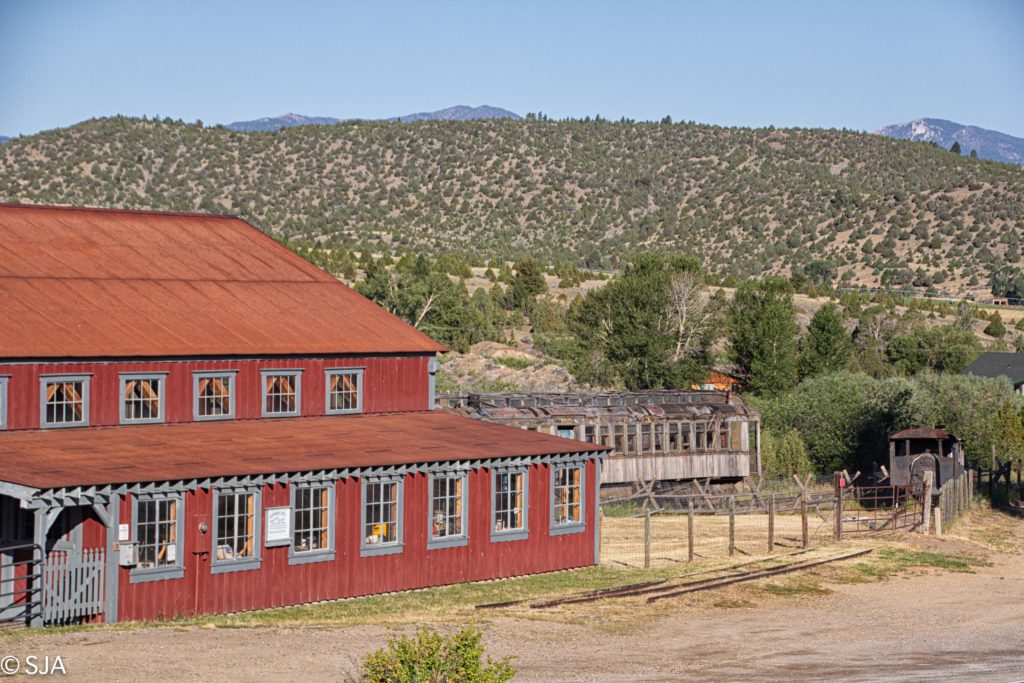
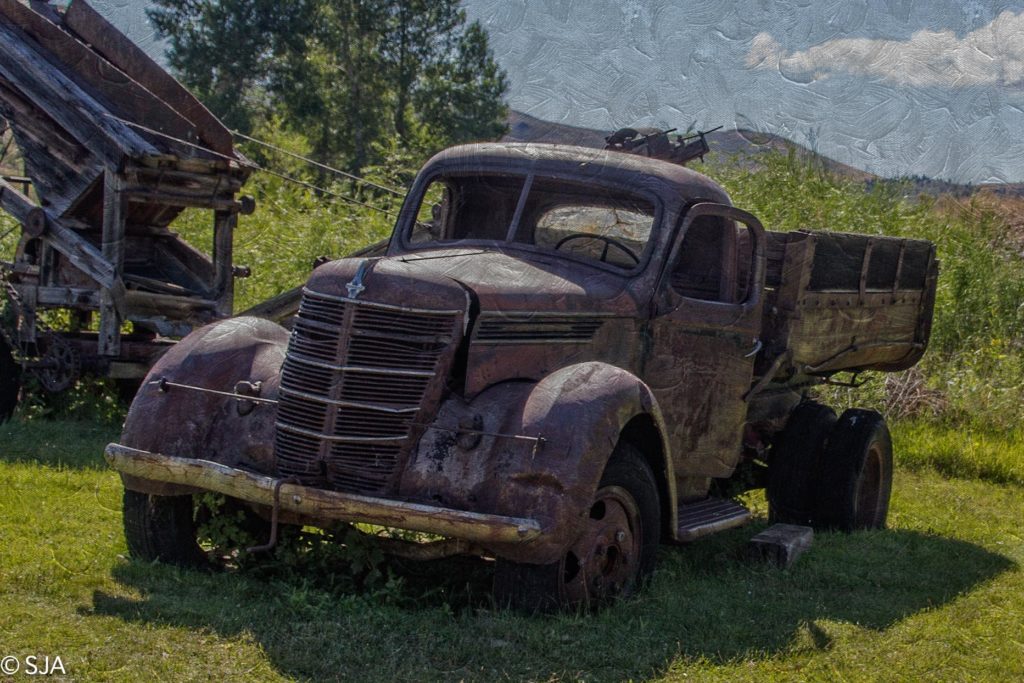
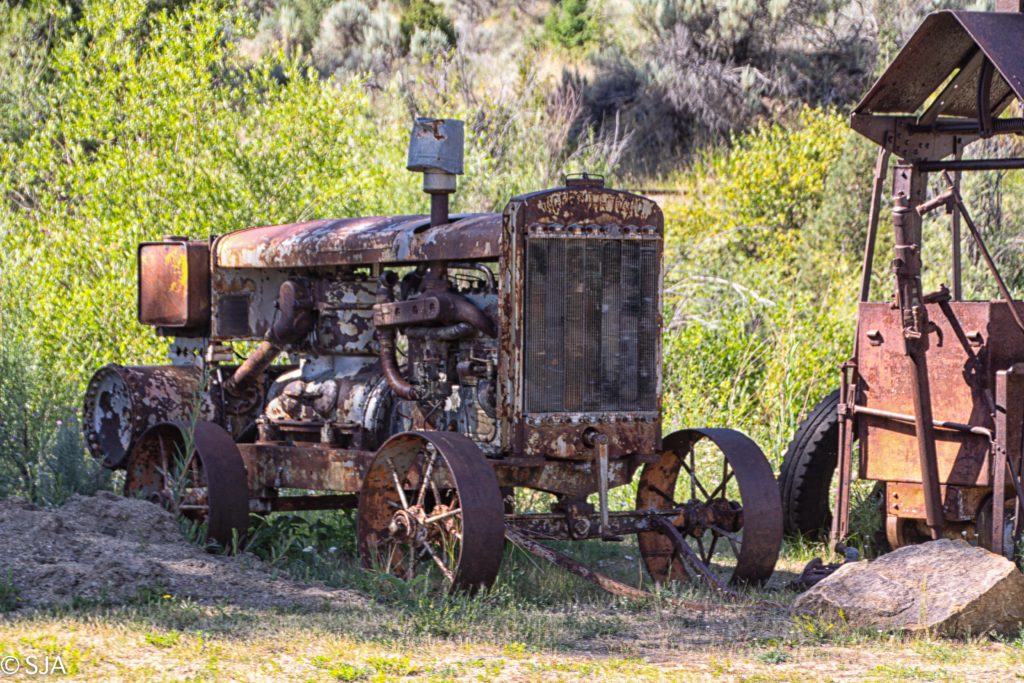
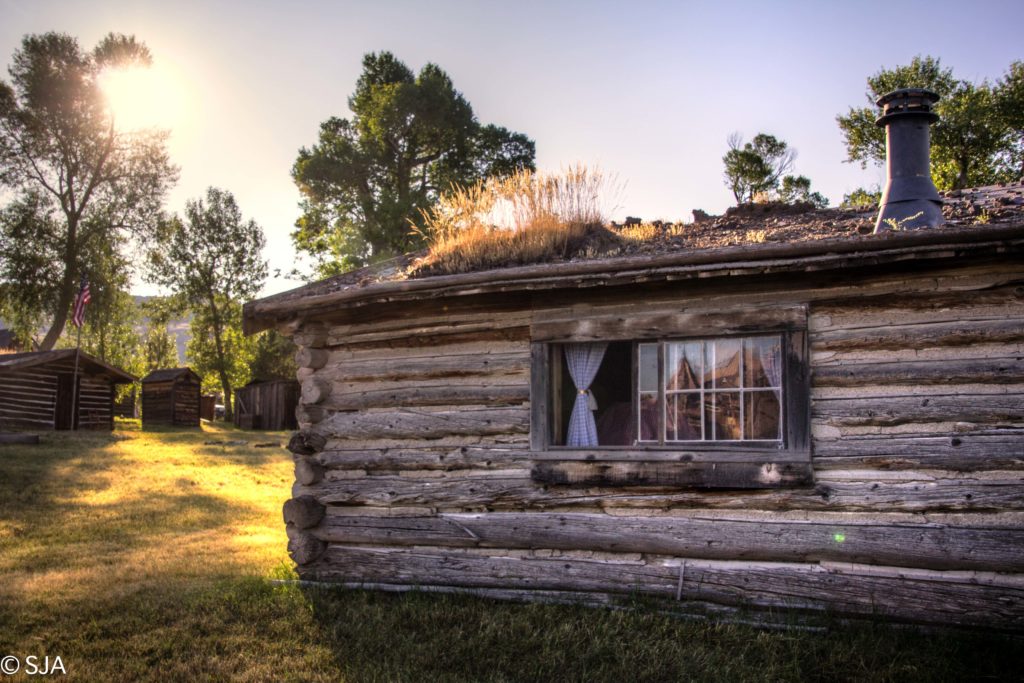
sod roof 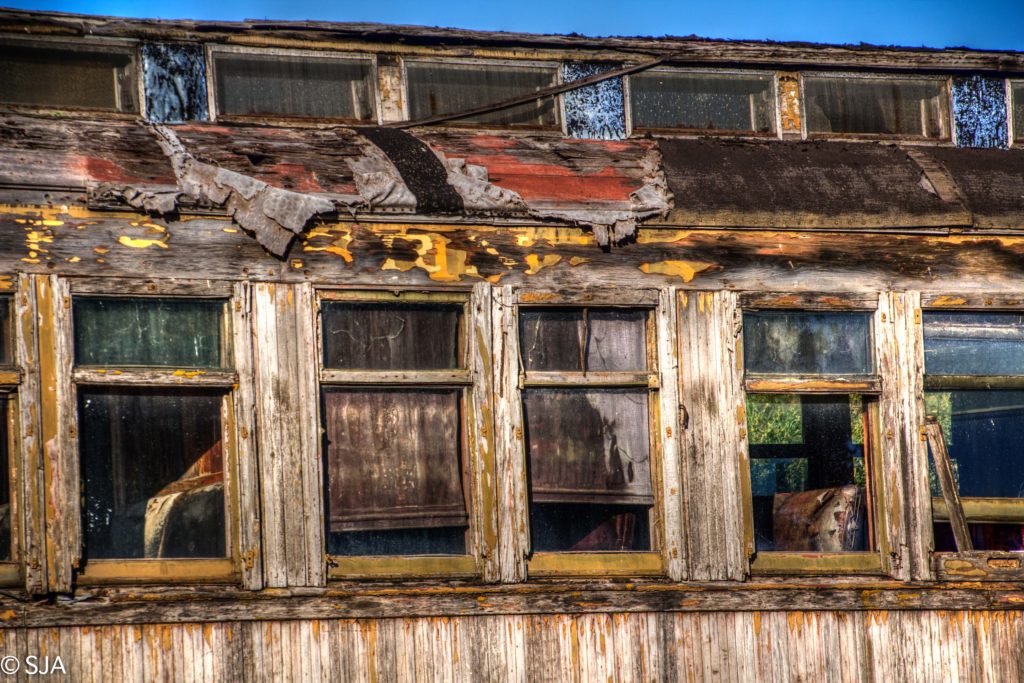
Old Montana Prison, aka Deer Lodge Prison, was the first Territorial Prison in the western United States. It was built by convict labor in the late 1800’s. The Old Montana Prison Complex also houses five unique museums within the historic prison walls. Though it may not be on the list of Ghost Towns, it is the ghostliest place I have visited. Mel Jowell, who killed my great Uncle Joe in 1911 was housed here on more than one occasion.
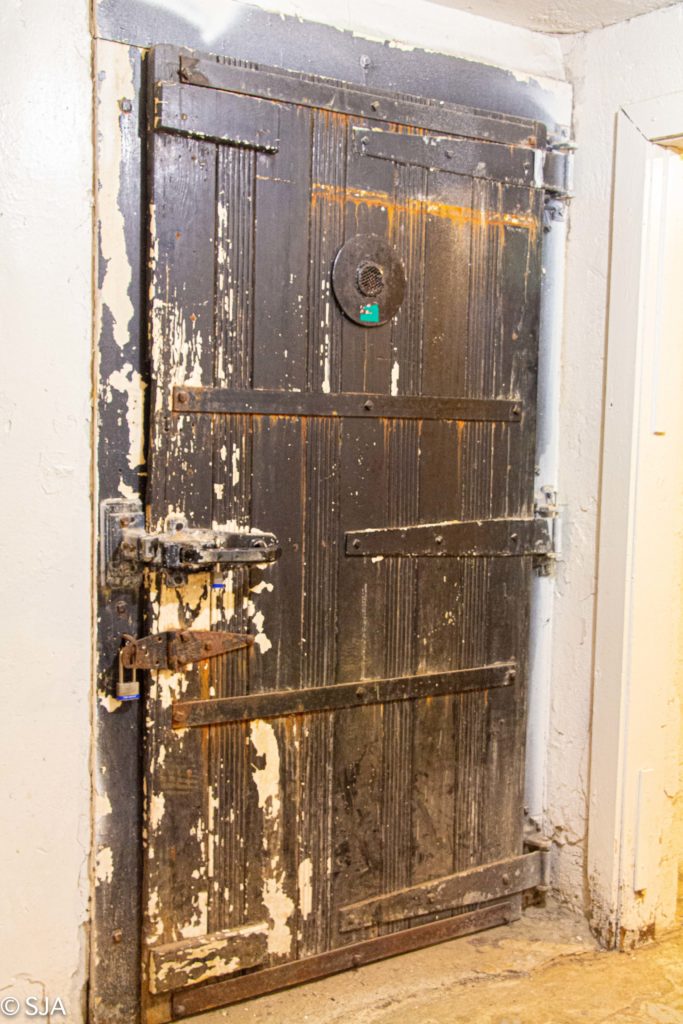
Palmetto, Nevada was founded in 1866 when prospectors discovered silver deposits. They named the camp Palmetto, thinking that the Joshua trees were a relative of the palmetto tree. When it was founded, a tent city sprang up. The town had restaurants, a bank, doctor’s office, post office, assorted stores and businesses. It is completely abandoned today.
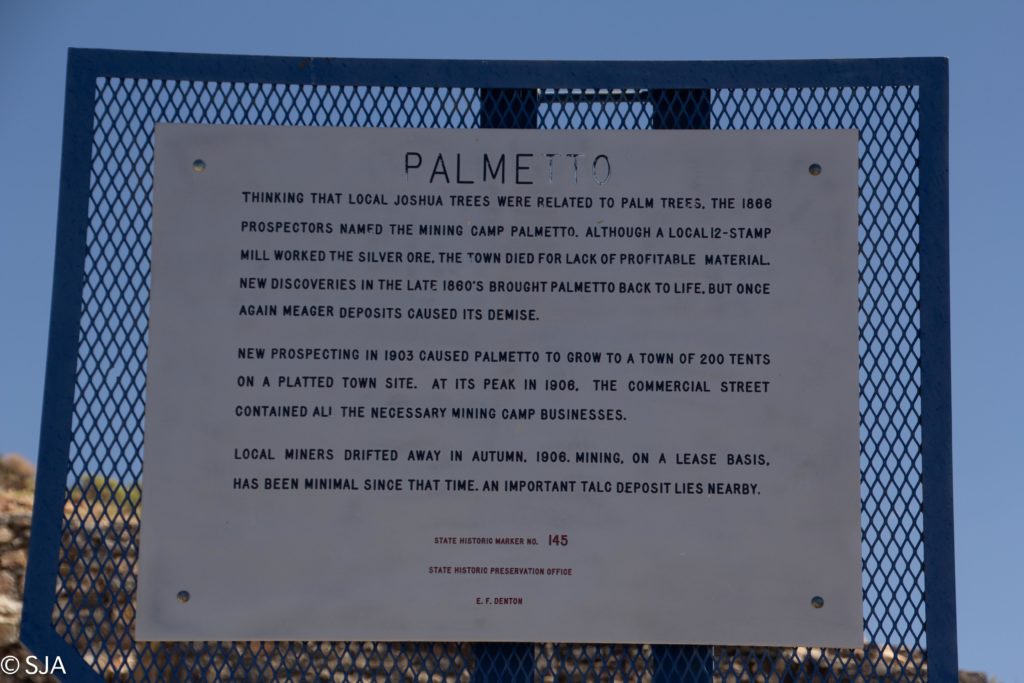
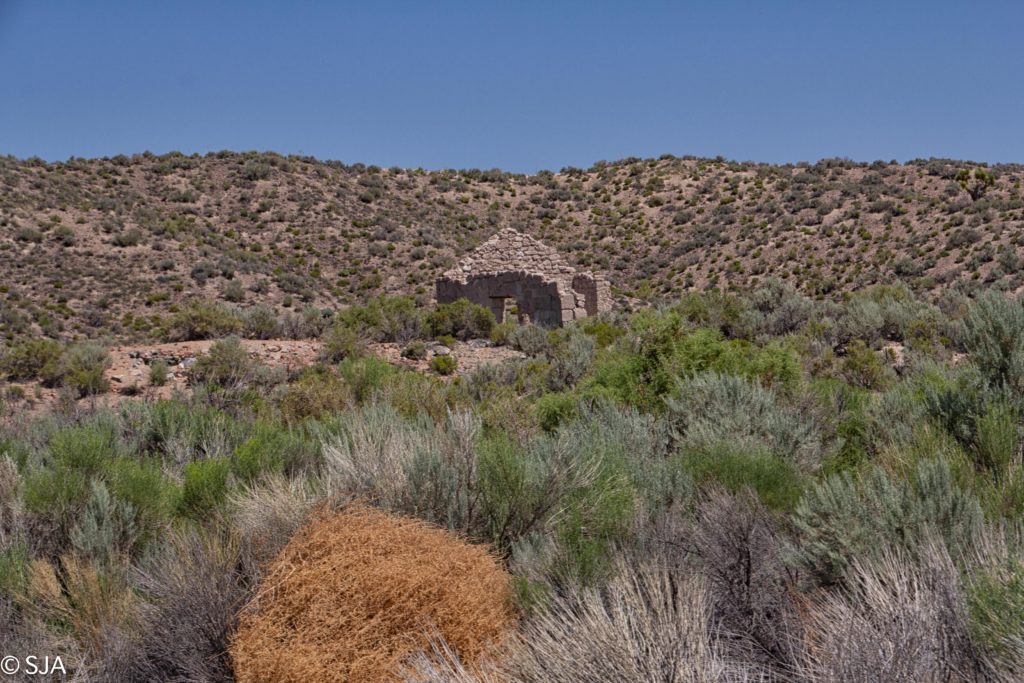
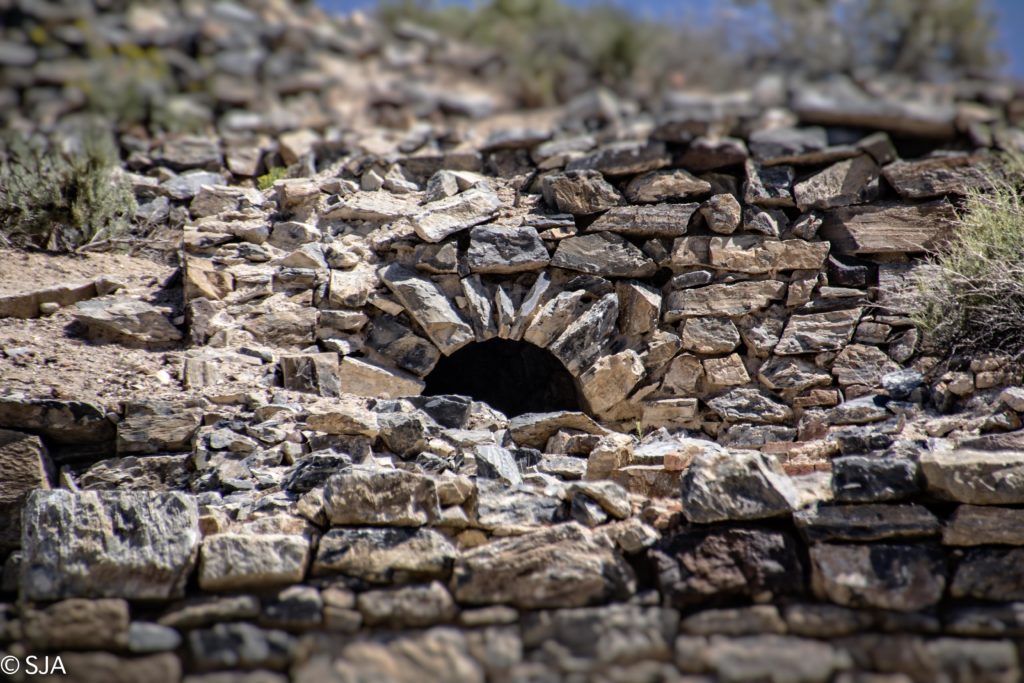
Furnace 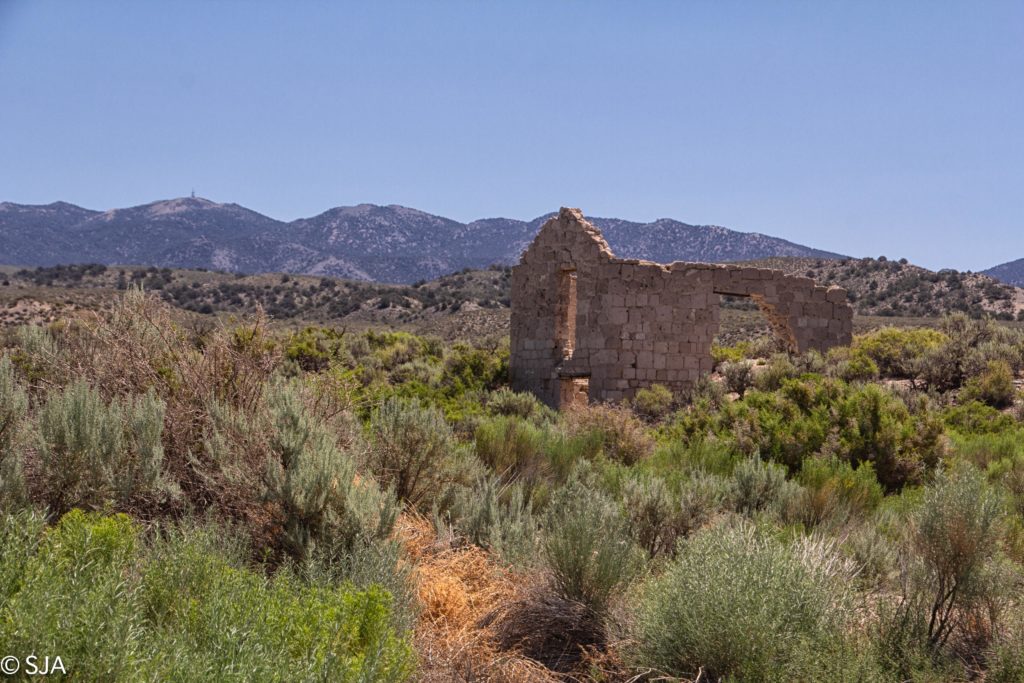
Rimini, Montana, 12 miles west of Helena, was once filled with mining activity. It is inhabited by a few full time residents. In the summer months, many make their homes in restored miner’s cabins. The town was named for Francesca da Rimini, a character in the opera Dante’s Inferno, which was popular in Helena at the time. There are a number of historic buildings still standing.
Tonopah, Nevada was at its peak in 1905 with the discovery of gold. The old section of the town is a ghost town while the rest of the town is vibrant. Tourism plays a large part in the local economy as it continues operation with hotels, clubs, stores and restaurants.
Virginia City, Montana is a living ghost town. It stands frozen in time. Nevada City and Virginia City lie along Alder Gulch about a mile apart. This is the site of the richest placer gold strike in the Rocky Mountains. Visitors can find historic lodging, take a train ride, pan for gold, attend a theater show, enjoy fine dining and shop. This is a well preserved Old West gold mining town along with Nevada City. My great aunts and uncles ran a boarding house here for a short period of time before moving to the Helena area.
Zurich Station in Inyo County, California, was formerly known as Alvord. It was established as a freight and passenger station on the Carson & Colorado Railway in 1884. The name was changed to Zurich in 1923 because the eastern slope of the Sierra mountains reminded a local resident of her native homeland of Switzerland. The station fell into disuse in the 1940’s and ceased operation completely in 1960.
